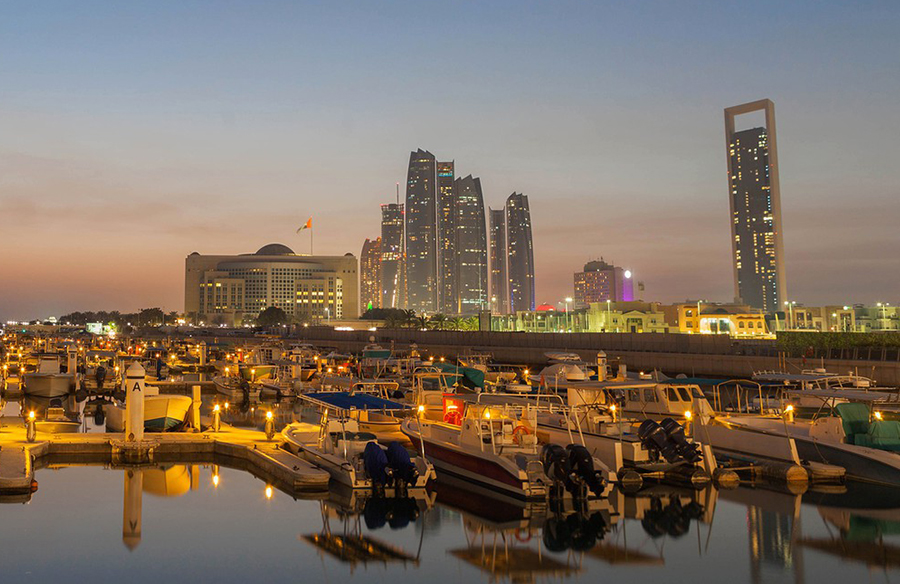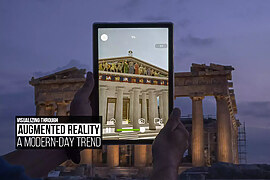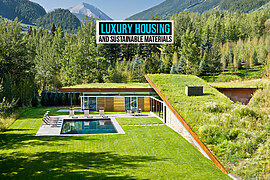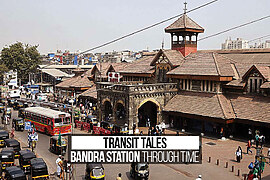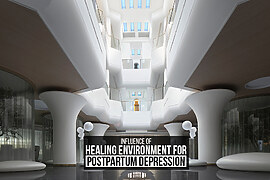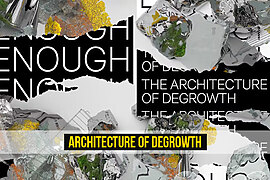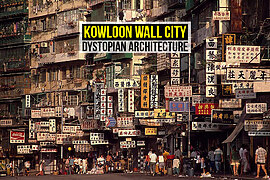Mostly when people think of UAE, they think about Dubai and its ever-evolving skyline. They think of the futuristic infrastructure, the charming lifestyle that the residents must have and it’s speedy development despite coming into existence less than 50 years ago.
Undoubtedly, one of the most supremely developed countries in the world – the UAE is not just Dubai and Abu Dhabi. It is formed of 7 regions or emirates – namely Abu Dhabi, Dubai, Sharjah, Ajman, Umm Al-Quwain, Fujairah, and Ras Al Khaimah.
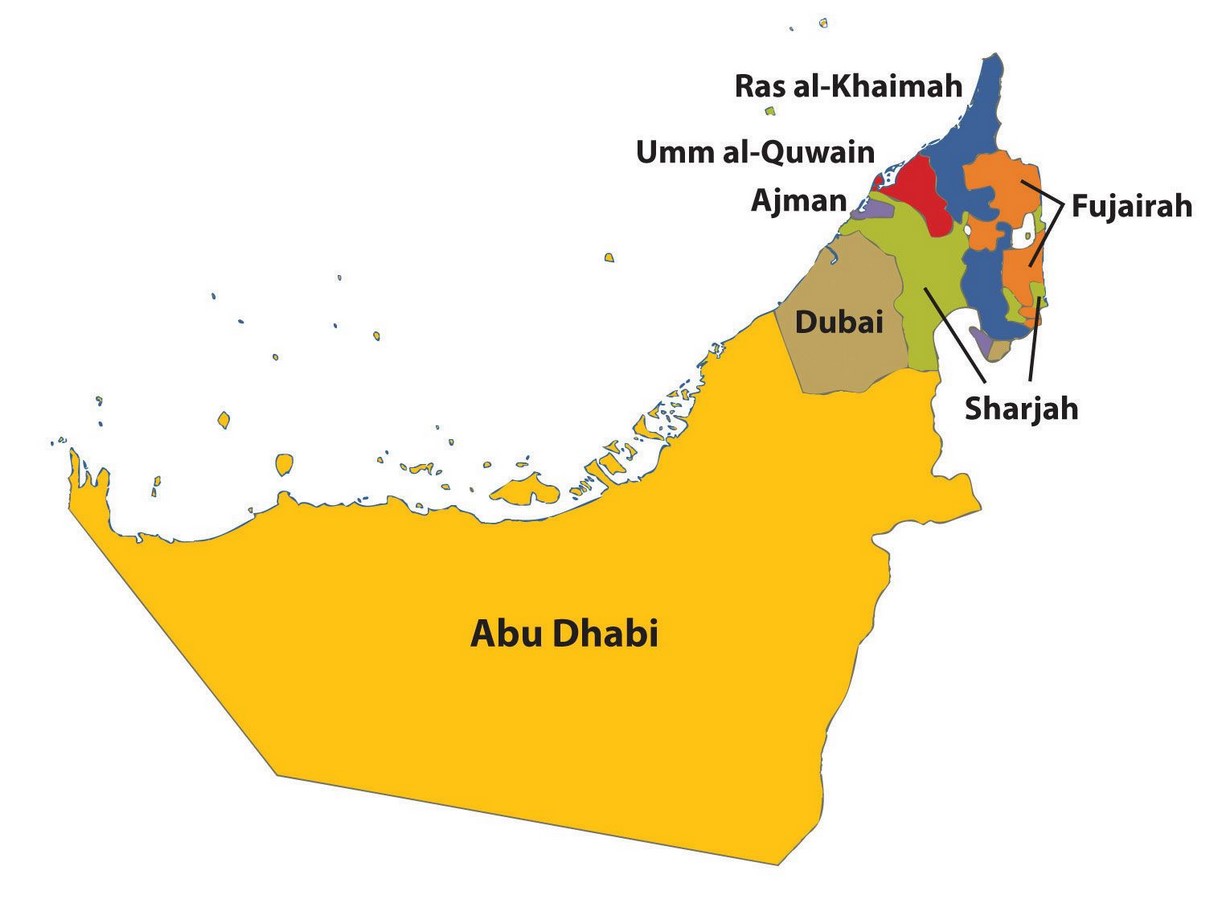
While the vernacular architecture of a country represents – its history, culture, and tradition, modern architecture represents the current socio-economic conditions and the new accommodations people have made in their lifestyles. Here are the various cultural influences and styles in the architecture of UAE.
1. Abu Dhabi | Cultural influences
Abu Dhabi – the capital of UAE – is gaining ground in catching up to the glamour and glitz of Dubai. However, where Abu Dhabi is today is a remarkable feat compared to its identity as a small fishing village in the yesteryears.
The influences on architecture in the capital are abundant. Each influence brought its interpretation of modernity. Japanese planner Katsuhiko Takahashi and Egyptian architect Abdulrahman Makhlouf laid out Abu Dhabi’s superblocks and green spaces.
A state-owned Bulgarian architecture firm (Bulgarproject), who won an architecture competition launched in 1979, brought Soviet brutalism: gargantuan concrete structures like the municipality buildings and the central bus station. The Abu Dhabi Municipality and Town planning department was designed by Dimitar Bogdanov and opened in 1985, while the Abu Dhabi Municipality was designed by Vasil Petrov.
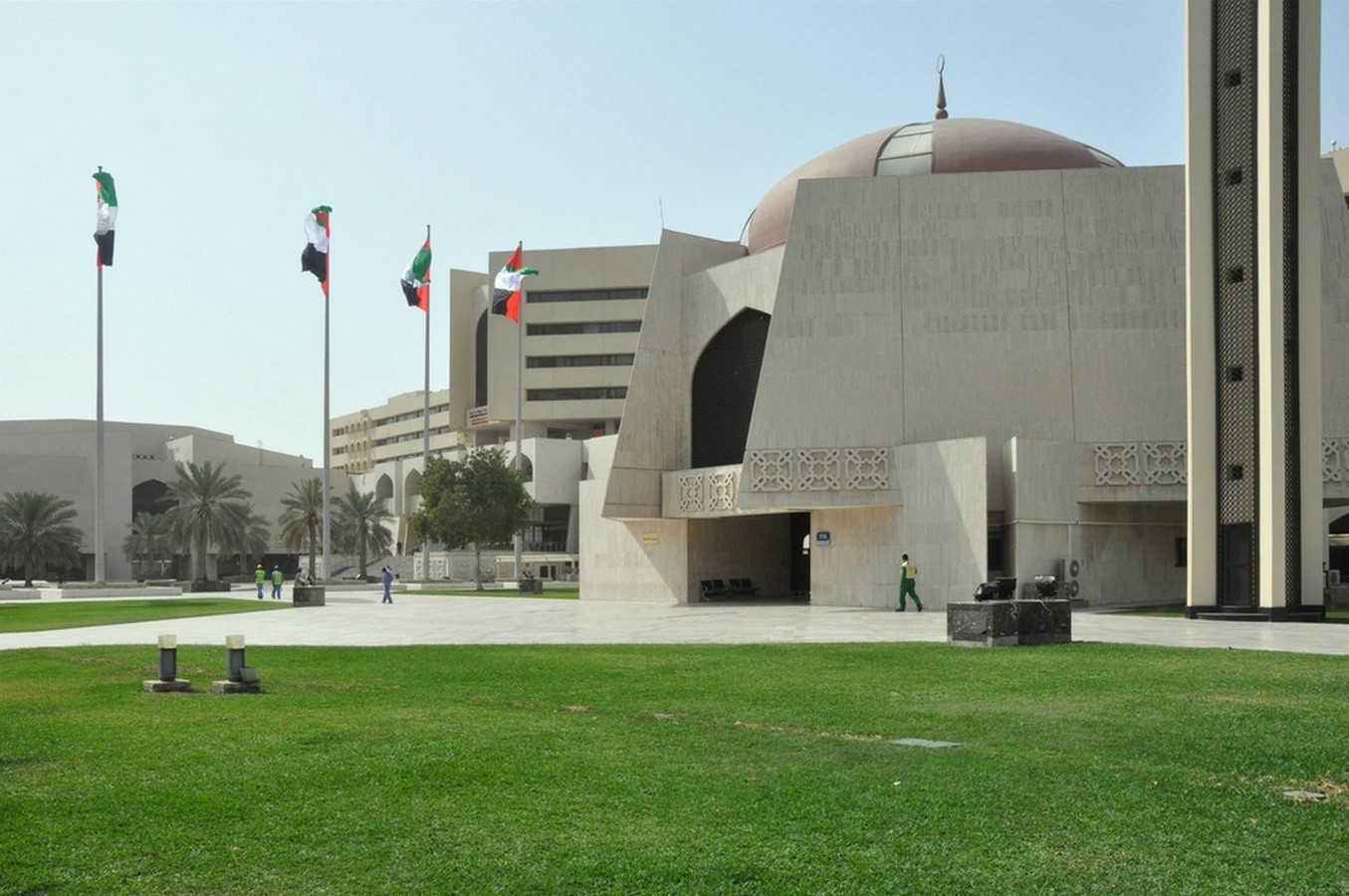
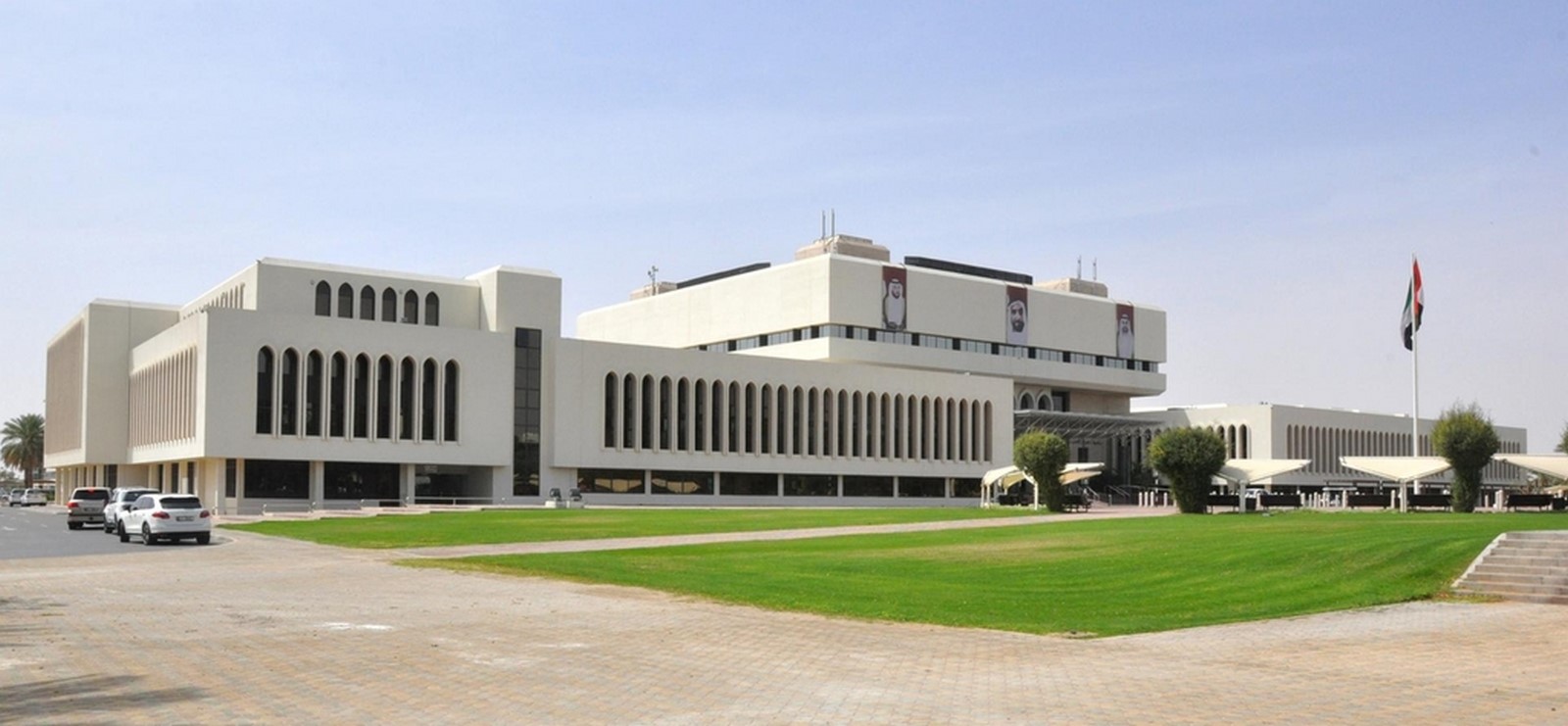
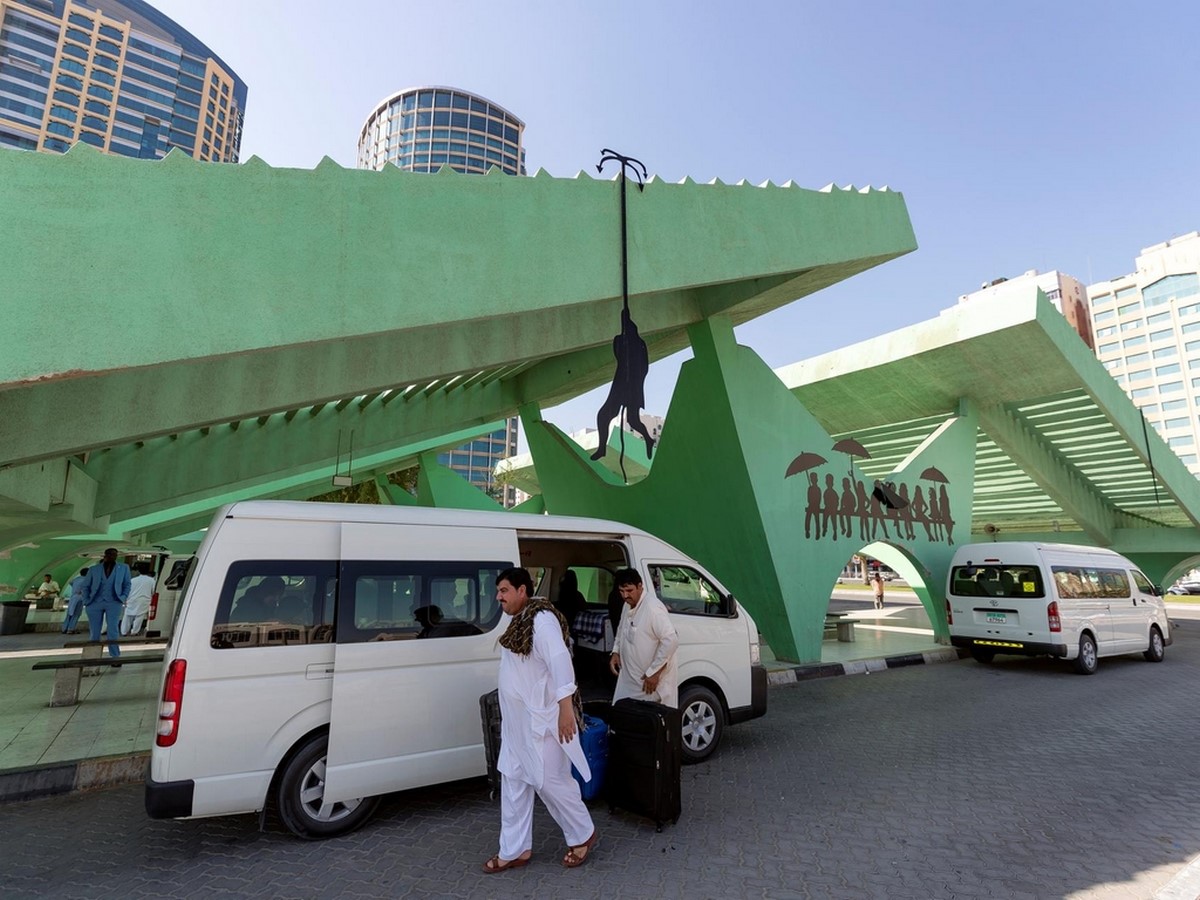
Canada’s celebrity architect Arthur Erickson designed the iconic sea-glass Etisalat building with a giant golf-ball at the top of the city.
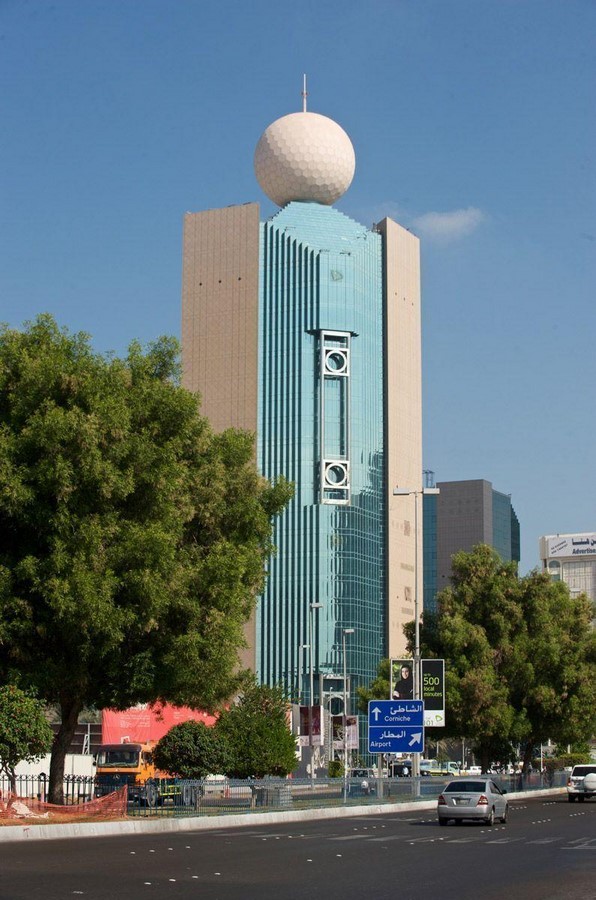
It was a time and a land brimming with opportunities for architects. Maher Megallaa from Egypt came to the city at a time when the maximum height was about 11 floors and designed about 30 buildings after that. His skyscrapers added to the city’s distinctive concrete facades.
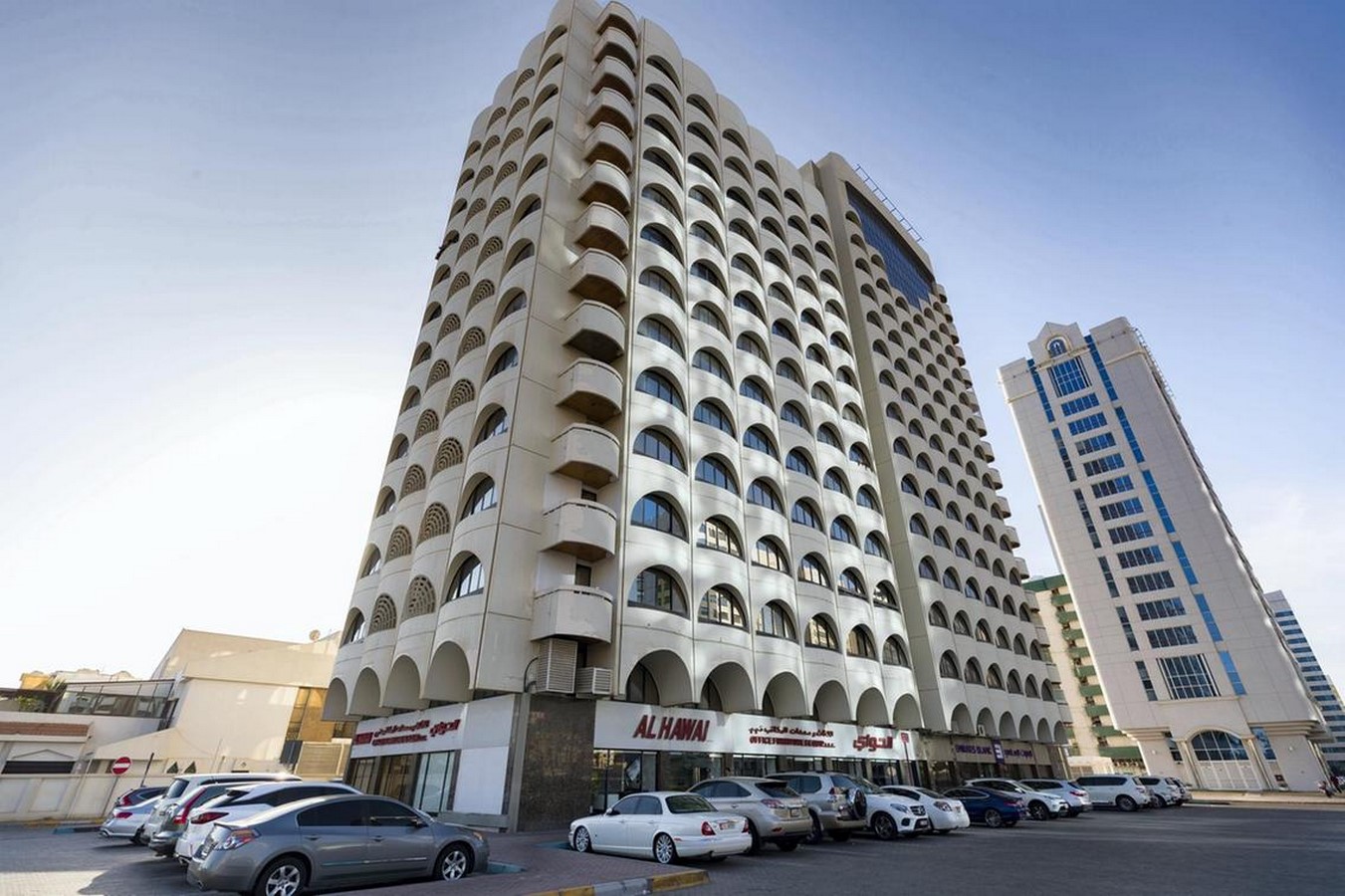
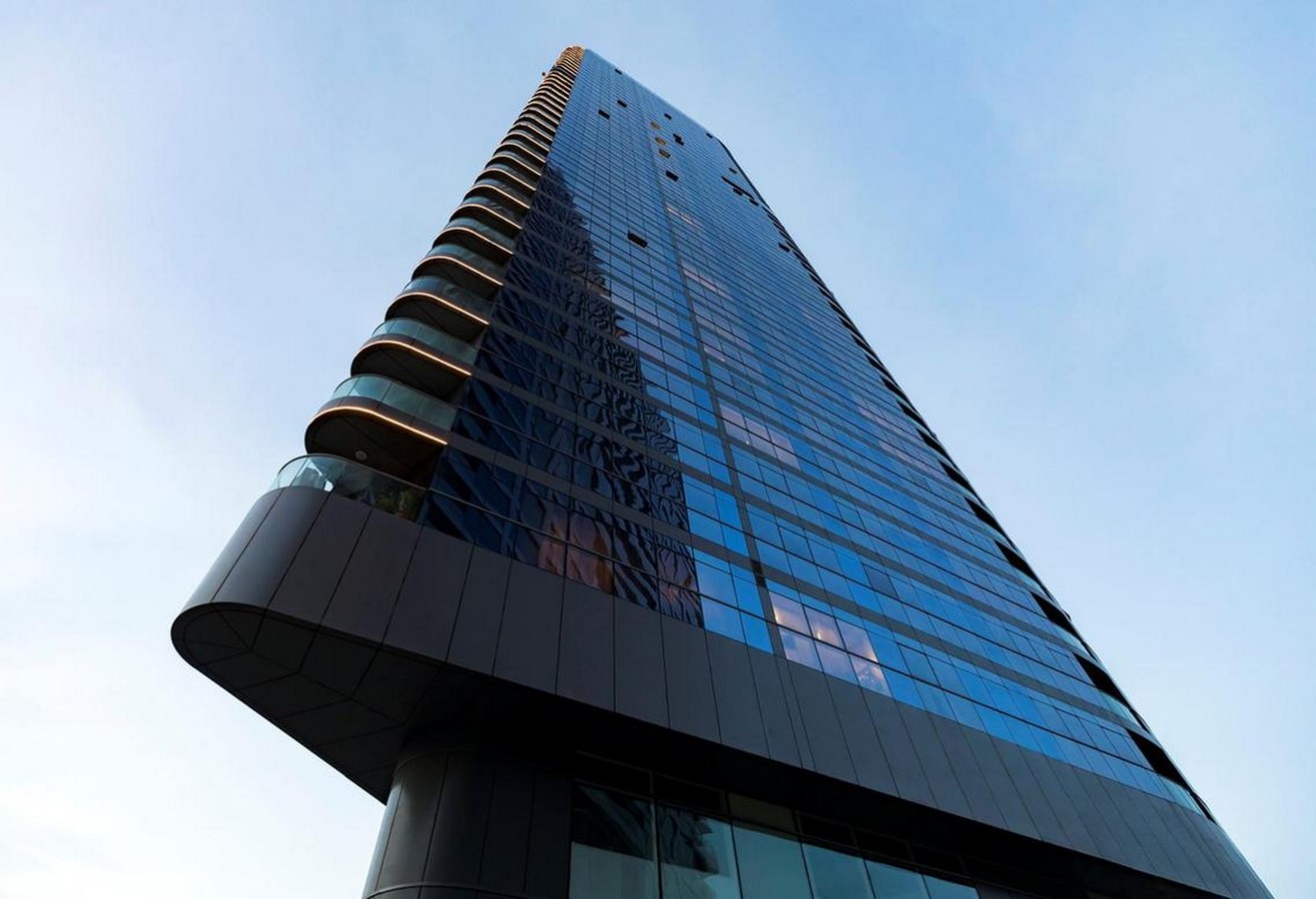
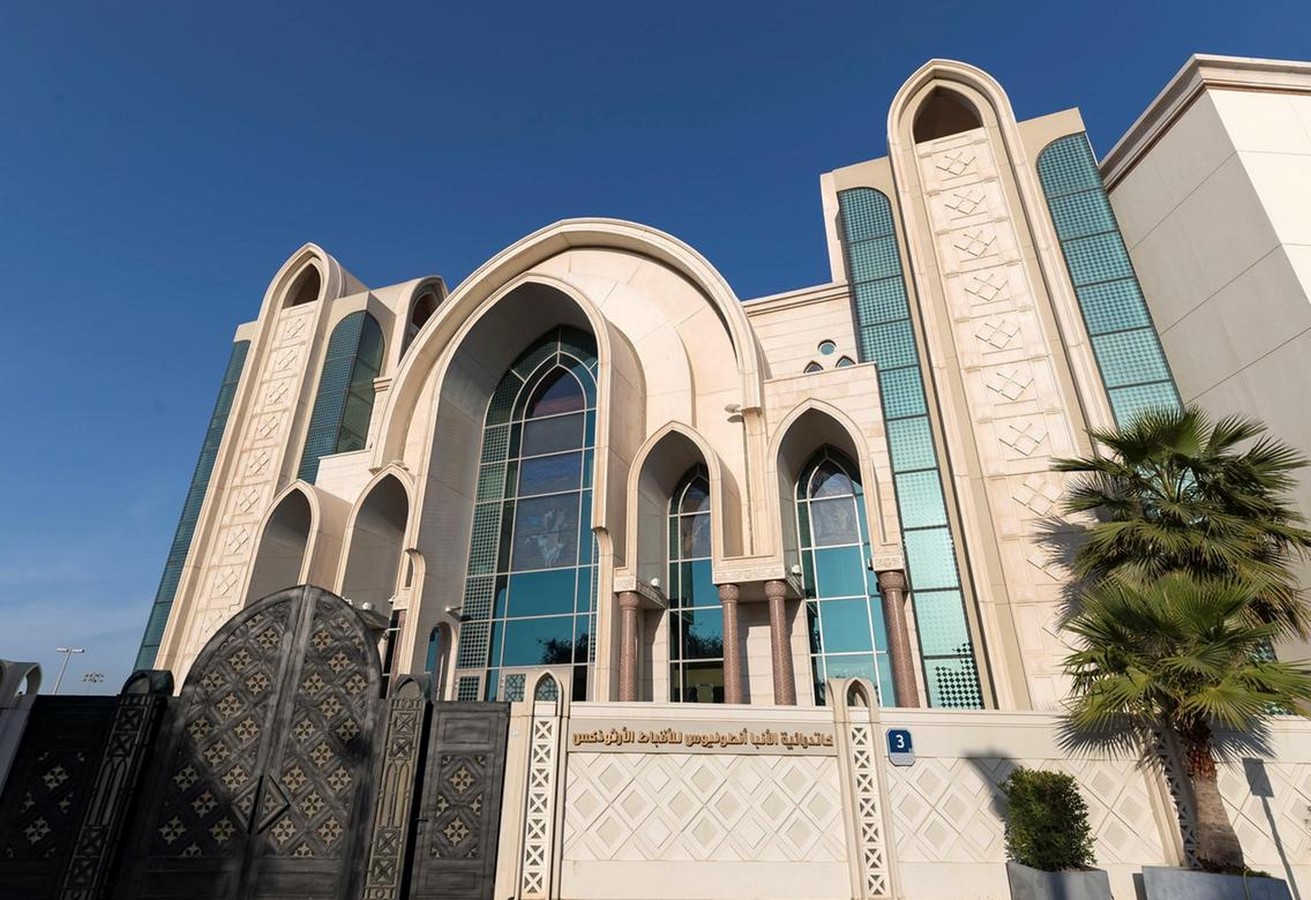
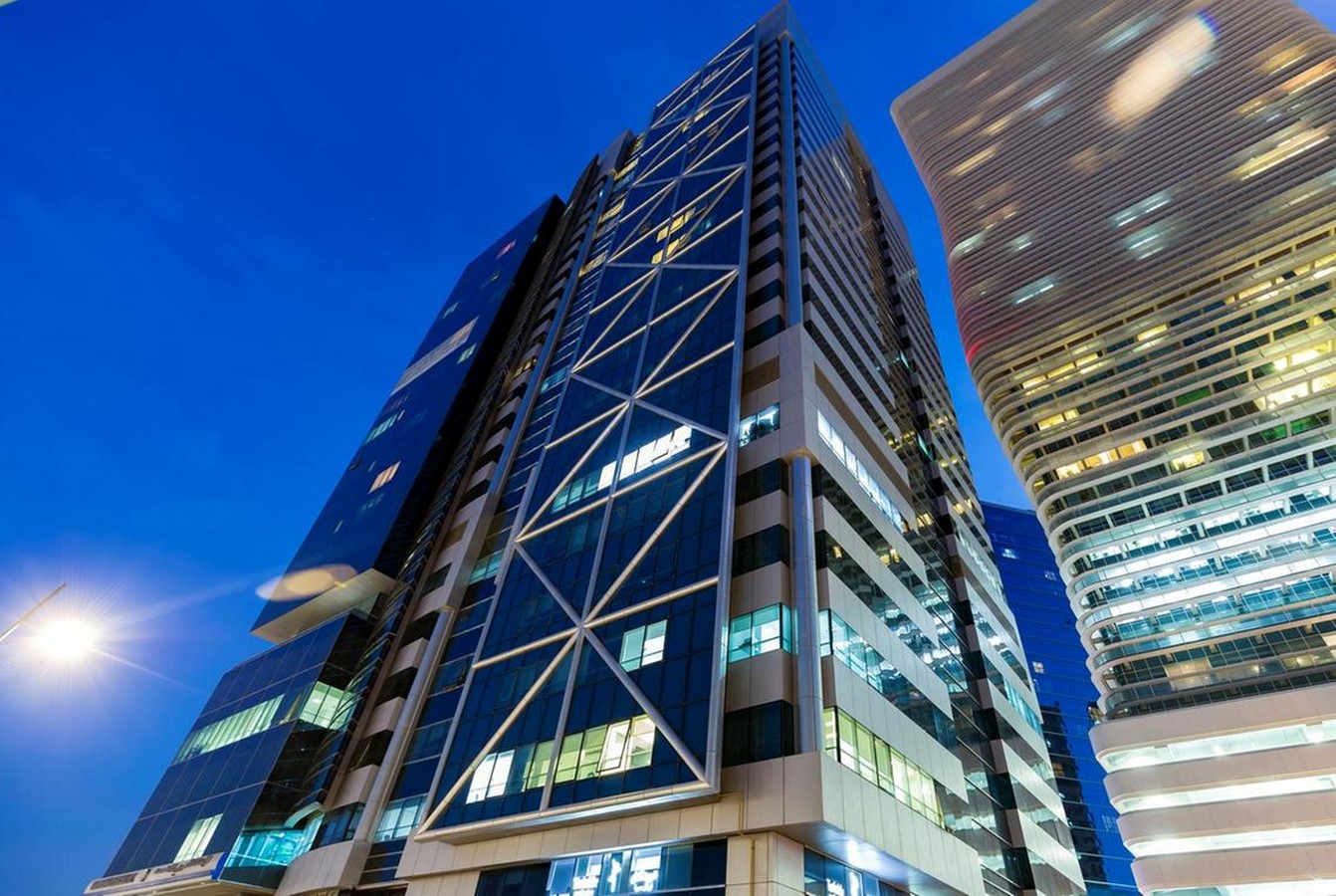
The father of modern Iraqi architecture – Rifat Chadirji – the father of modern Iraqi architecture, designed the National Theatre. However, even with all these eastern European and other international influences, Abu Dhabi still manages to escape the monotony of global urbanization.
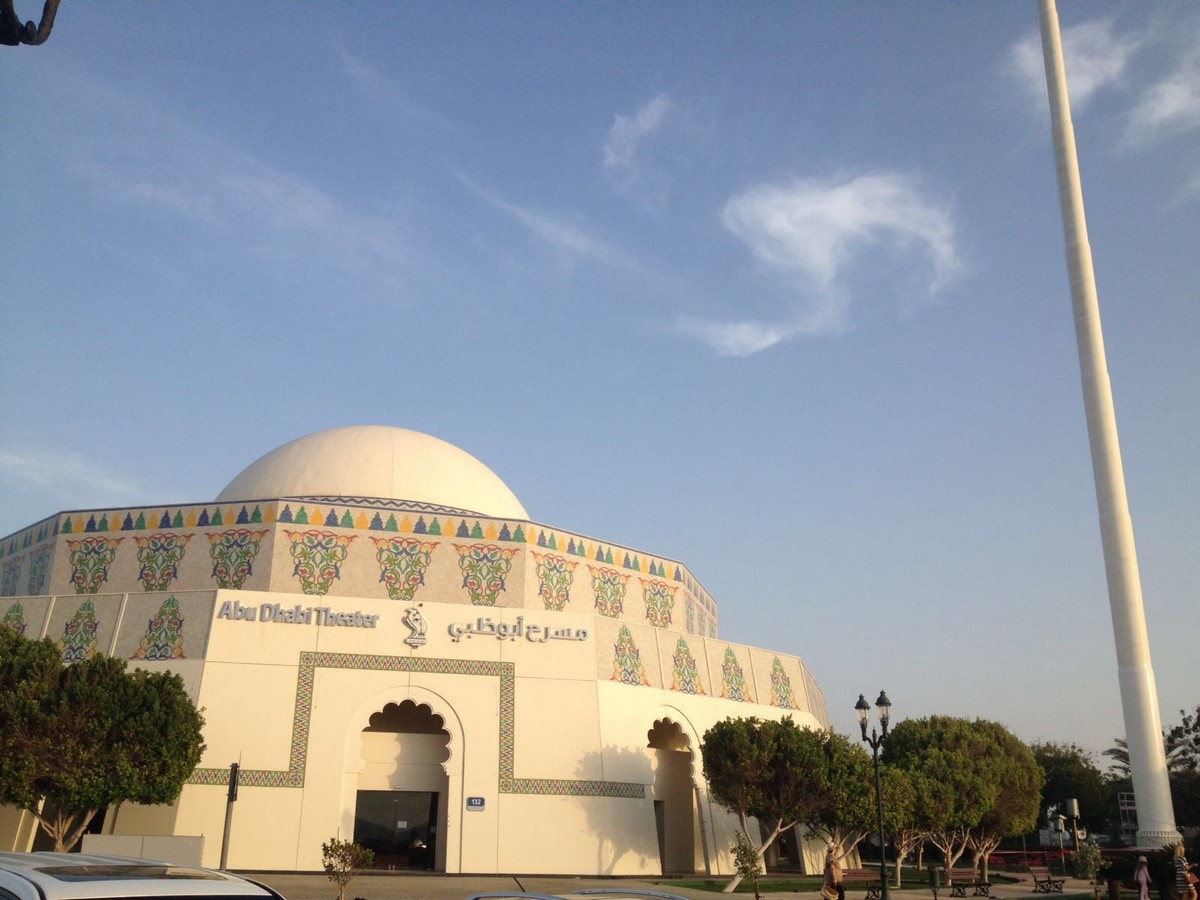
The credit of this achievement goes to the Father of the Nation – Sheikh Zayad Al Nayhan. He issued a decree to the municipality and public works department to ensure that public and private buildings would “reflect the Arab, Islamic character and the history of the civilization of the region”.
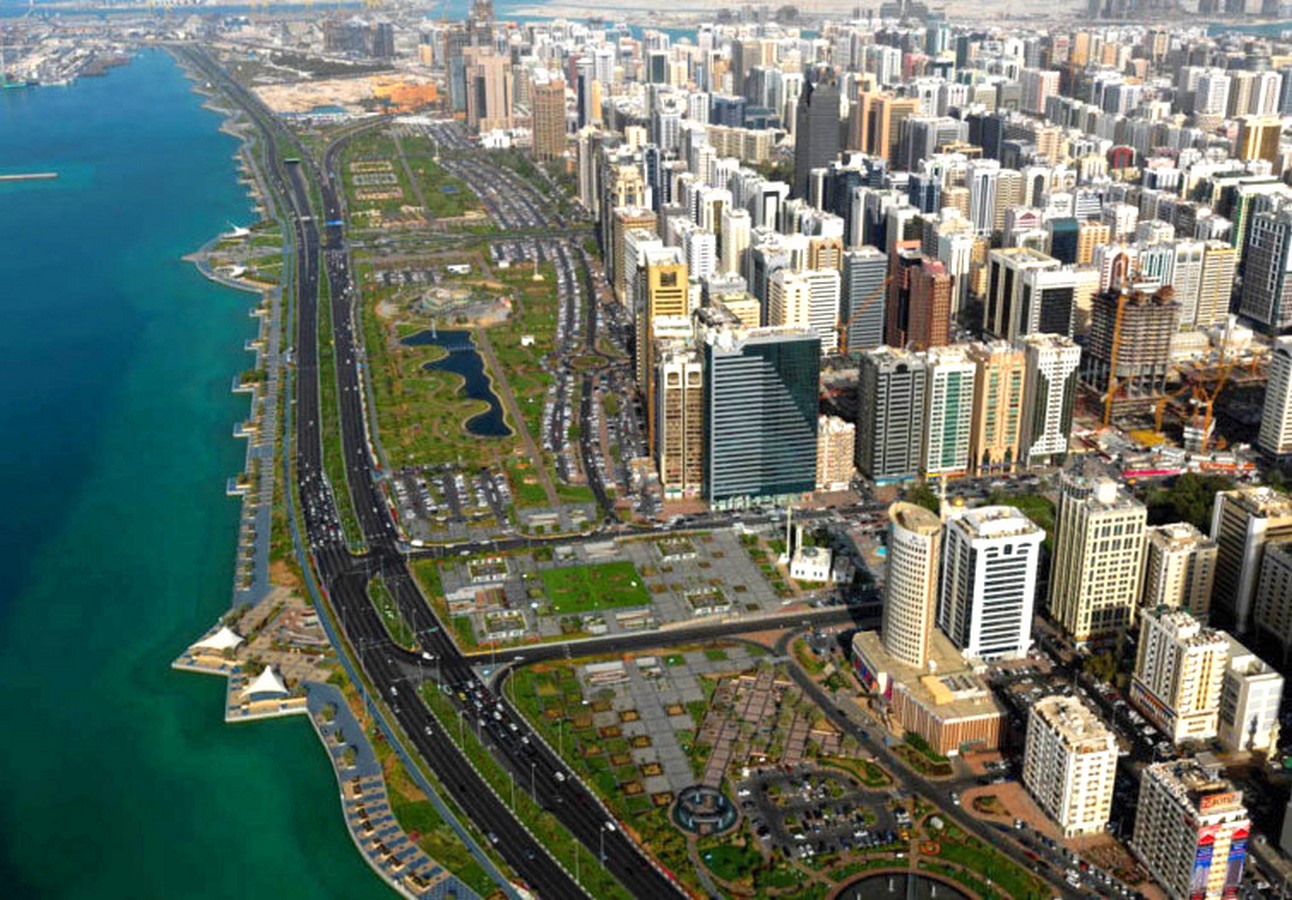
He oversaw the work of all the architects and worked alongside them. While appointing Abdulrahman Makhlouf as the city planner he mentioned his desire for the city’s image to come across as competent –both technologically and culturally. The distinction is visible in the city center where privately owned high-rise buildings still loom over the horizontal planes of public buildings such as the city’s main bus station and the building housing Abu Dhabi Municipality and Town Planning Department building and the city’s main bus station.
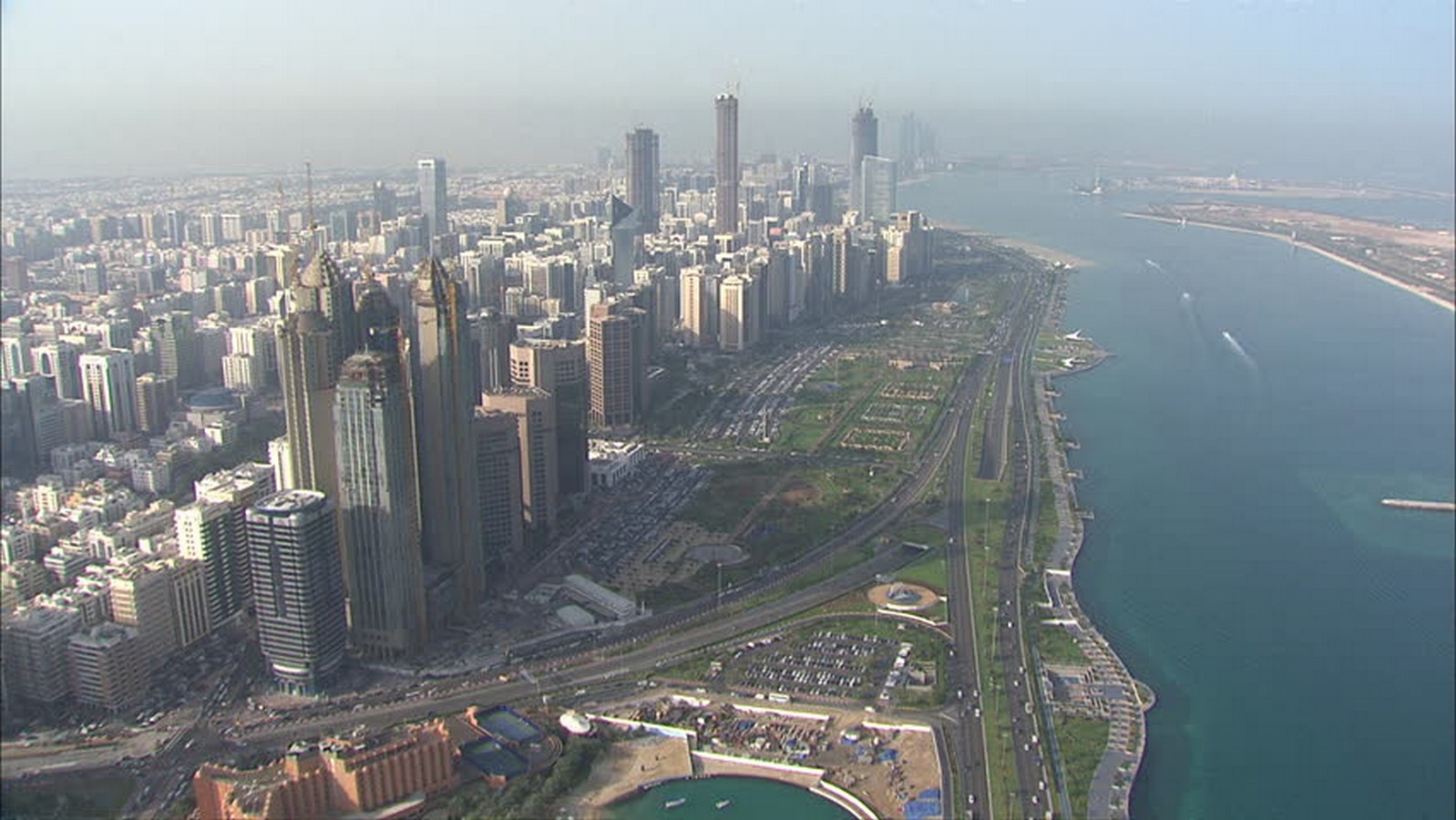
2. Dubai
The typical image of Dubai until the 1980s was of a simple settlement having low-rise buildings that were home to thousands of locals and migrants.
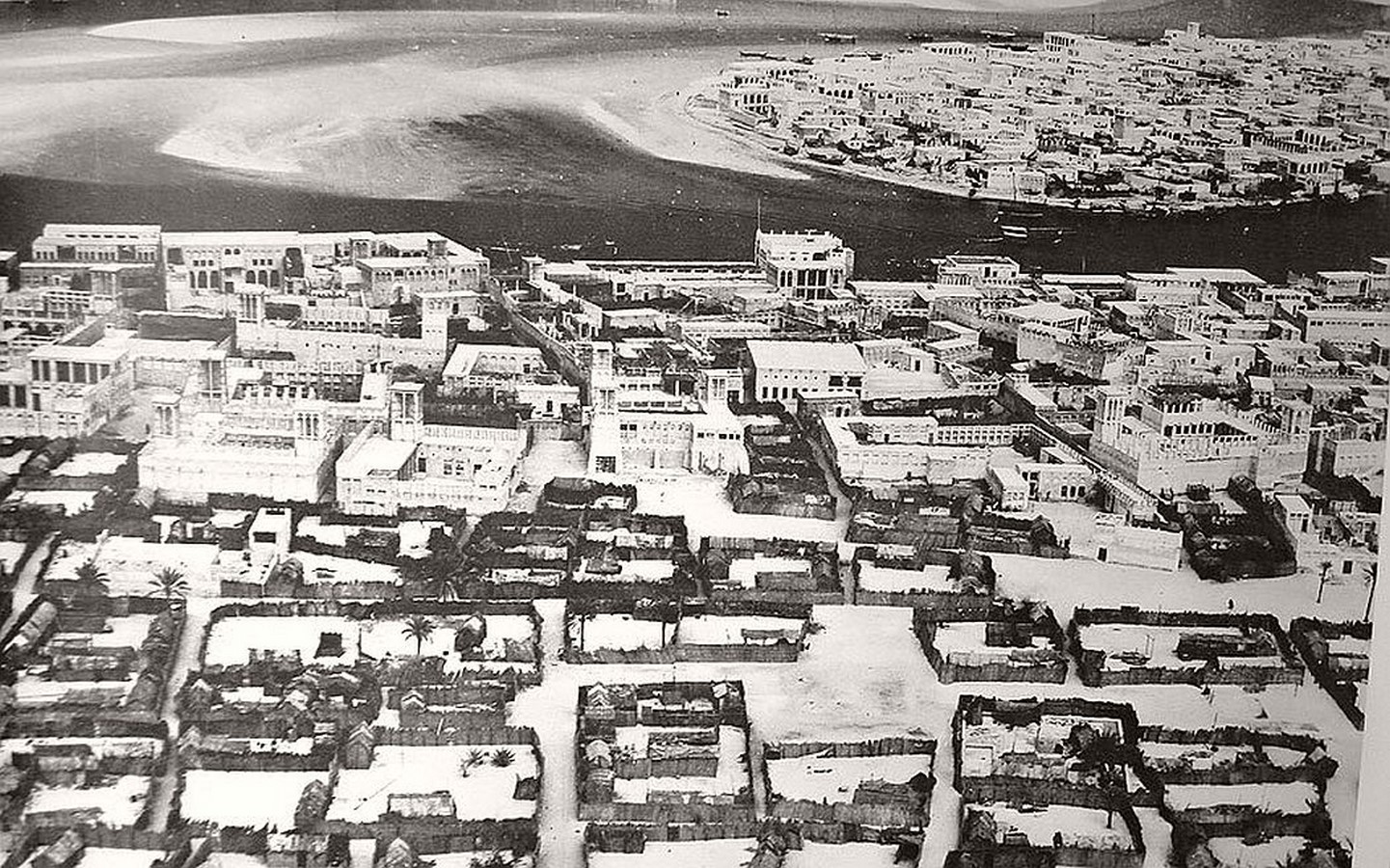
With Dubai’s oil discovery came an unforeseen construction boom that created complete architectural mayhem. Unlike Abu Dhabi, Dubai’s growth was far from thought over. Building designs were duped – glass towers were constructed required enormous amounts of electricity to keep cool.
Designed by British architect John Harris and opened in 1979, the World Trade Centre was far away from the heart of the city. This factor encouraged the city to expand.
The building was the first high-rise, of many to come, and encouraged the speedy development of the city’s arterial roads. Its stylish modernist, concrete-clad design was a design statement for the few multinational and even large local companies establishing offices there.
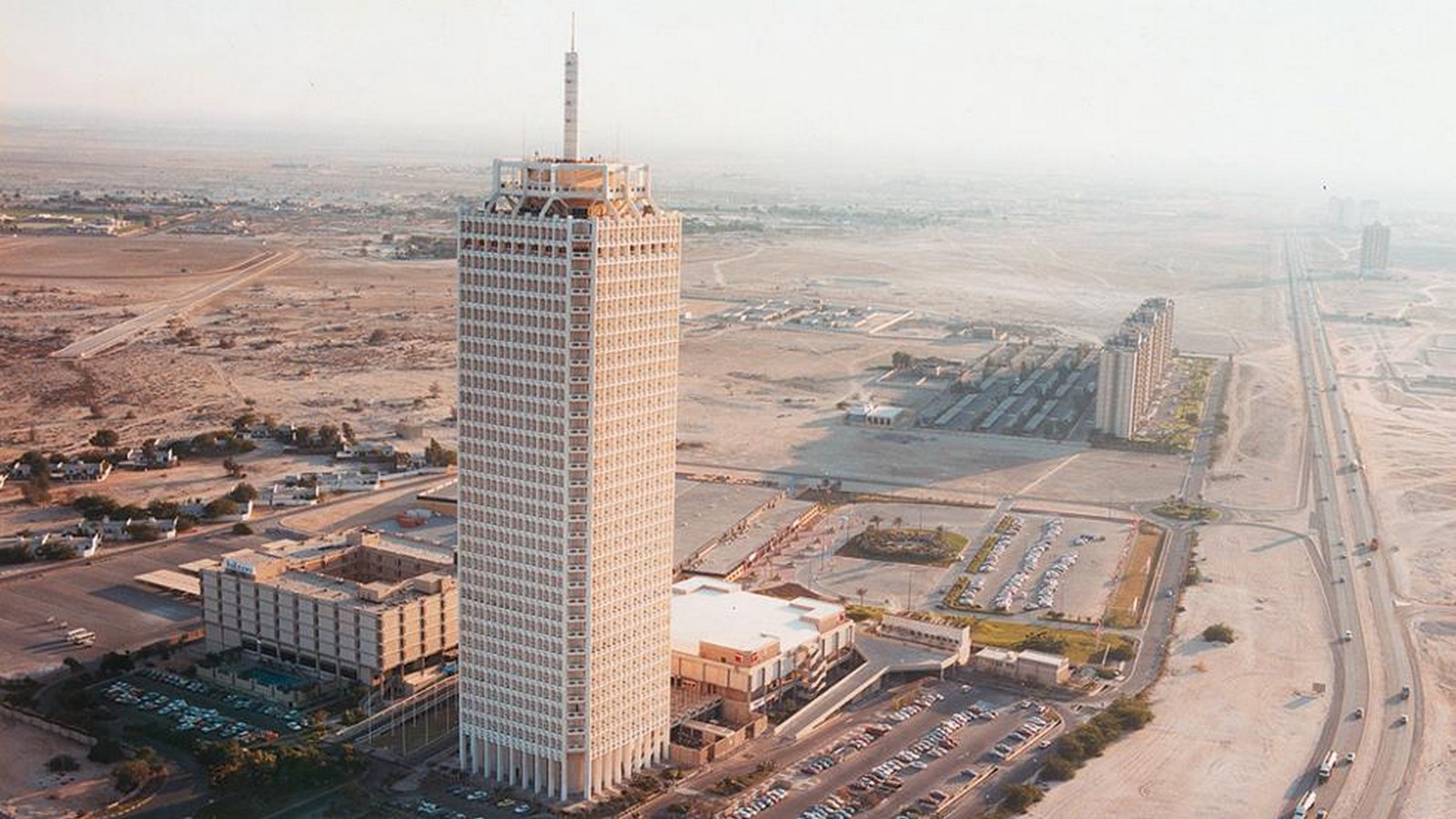
Today, the once majestic World Trade Center has to be pinpointed among Dubai’s innumerable skyscrapers. Dubai’s rulers have now turned their focus to more contextual development. The most efficient heat-resistant materials are being used in construction, and architects are encouraged to incorporate traditional designs into their work. Madinat Jumeirah is a great example of a thoroughly modern development that celebrates the Arabian style.
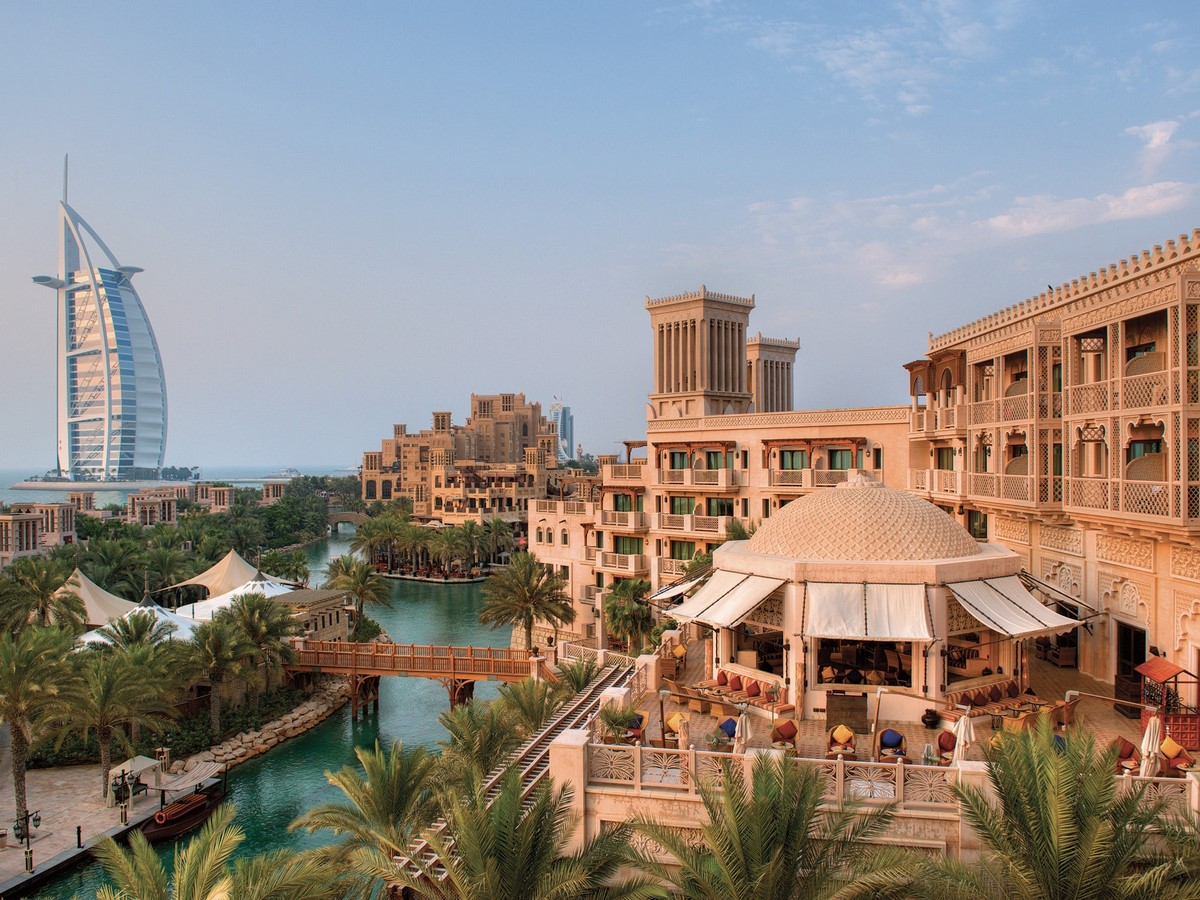
The difference between ‘Old’ Dubai and ‘New’ Dubai is very conspicuous. In the north of the city, Old Dubai is a maze of alleyways, lively souks, and centuries-old fortresses. To the south, the Downtown Dubai skyline looks like the set of a futuristic themed movie. The Dubai Frame is strategically positioned between the two and captures that juxtaposition between the old and new.
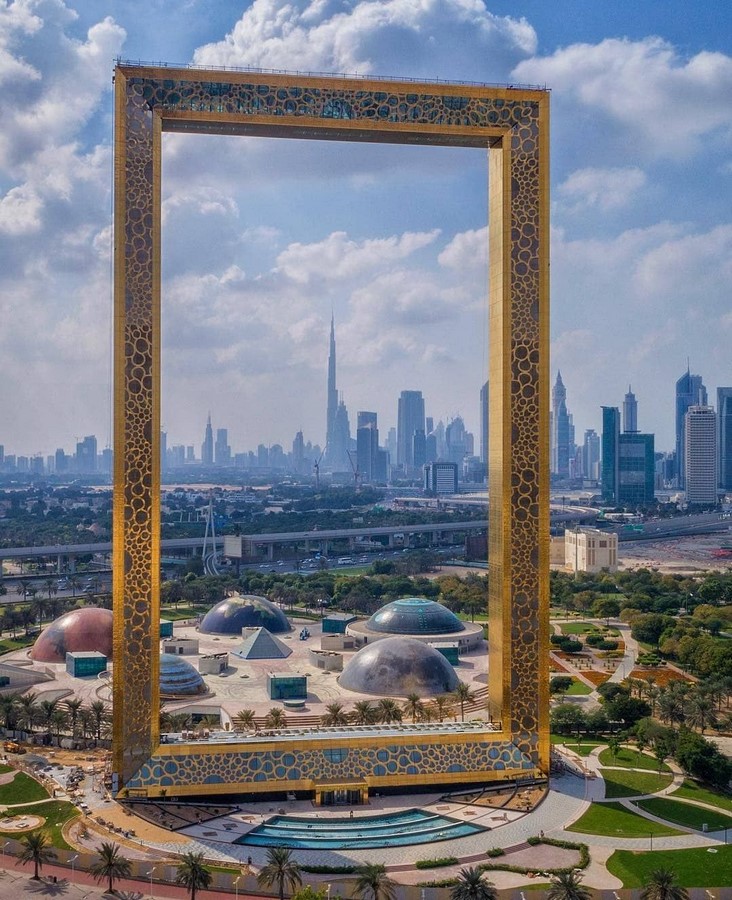
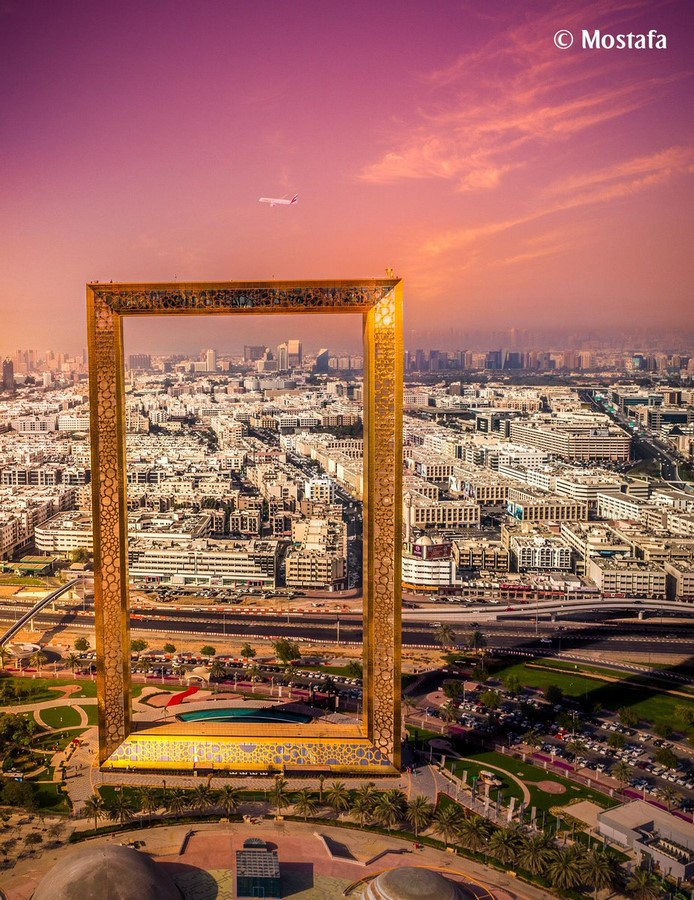
Bastakiya is a complete restoration of one of Dubai’s original neighborhoods where wealthy Persian merchants settled in the late 1800s. It has meandering lanes, traditional Gulf courtyard houses with hand-carved wooden doors, and the ornate wind towers that were used for cooling in the days before air-conditioning. The Al Fahidi Fort, which today is the Dubai Museum, was built in 1799 and is the city’s oldest surviving structure.
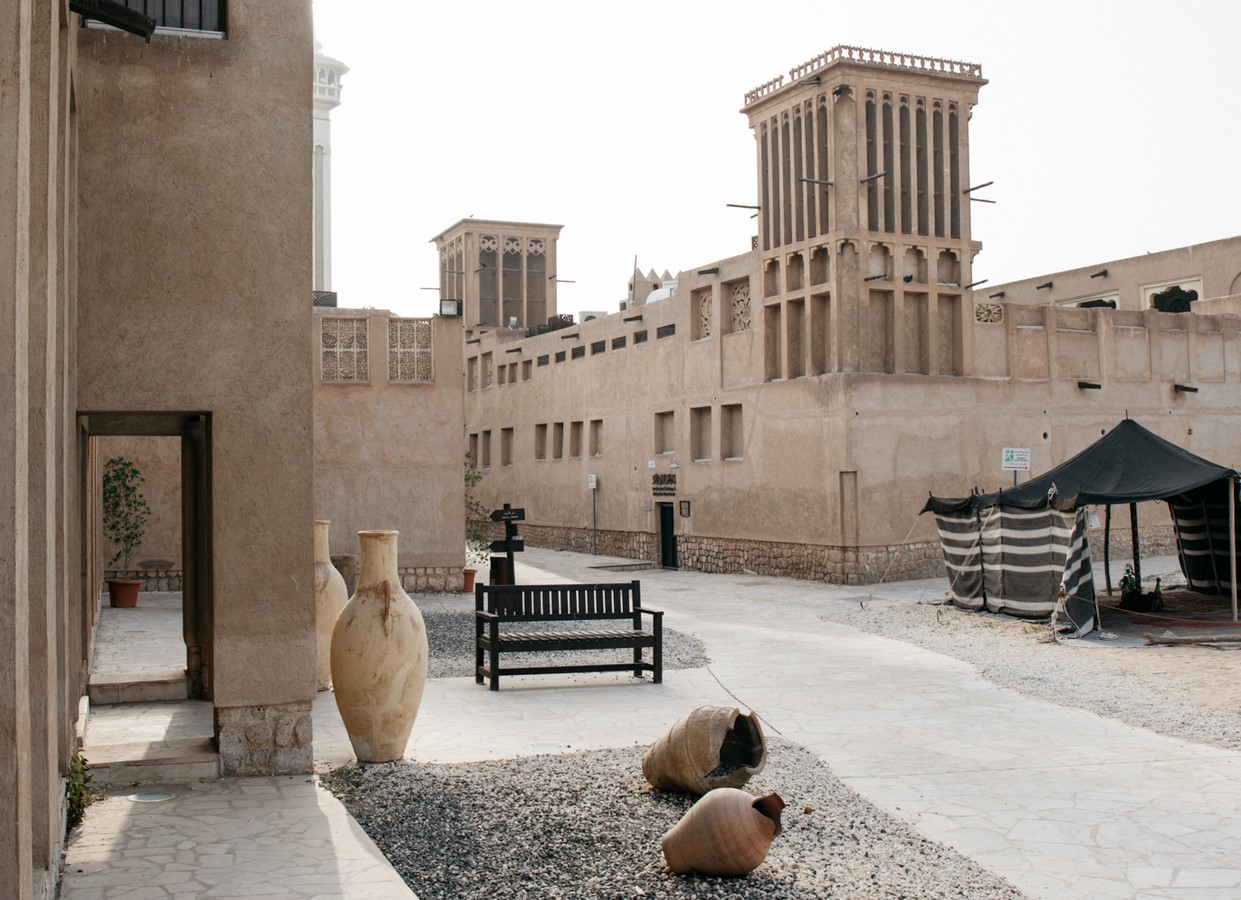
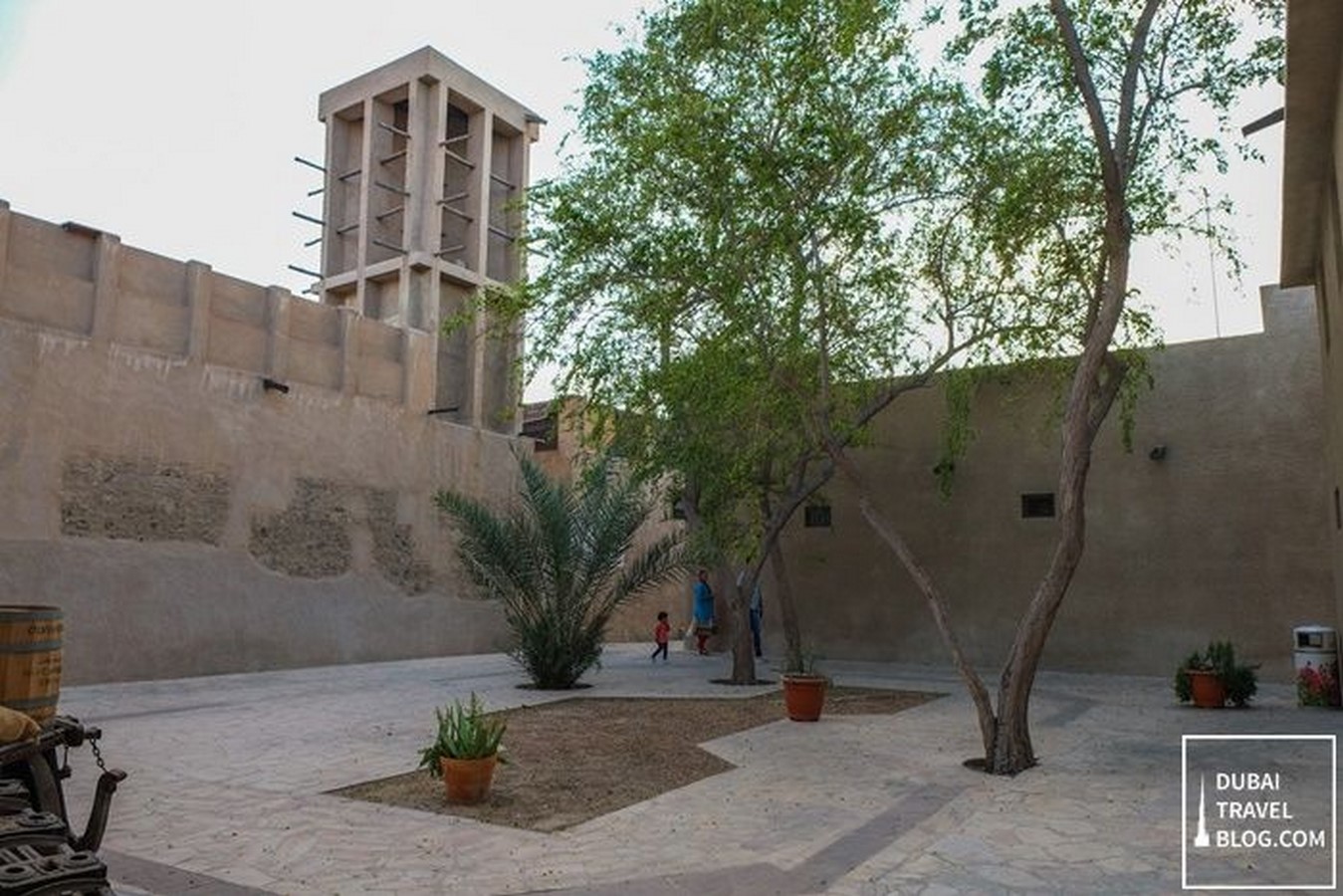
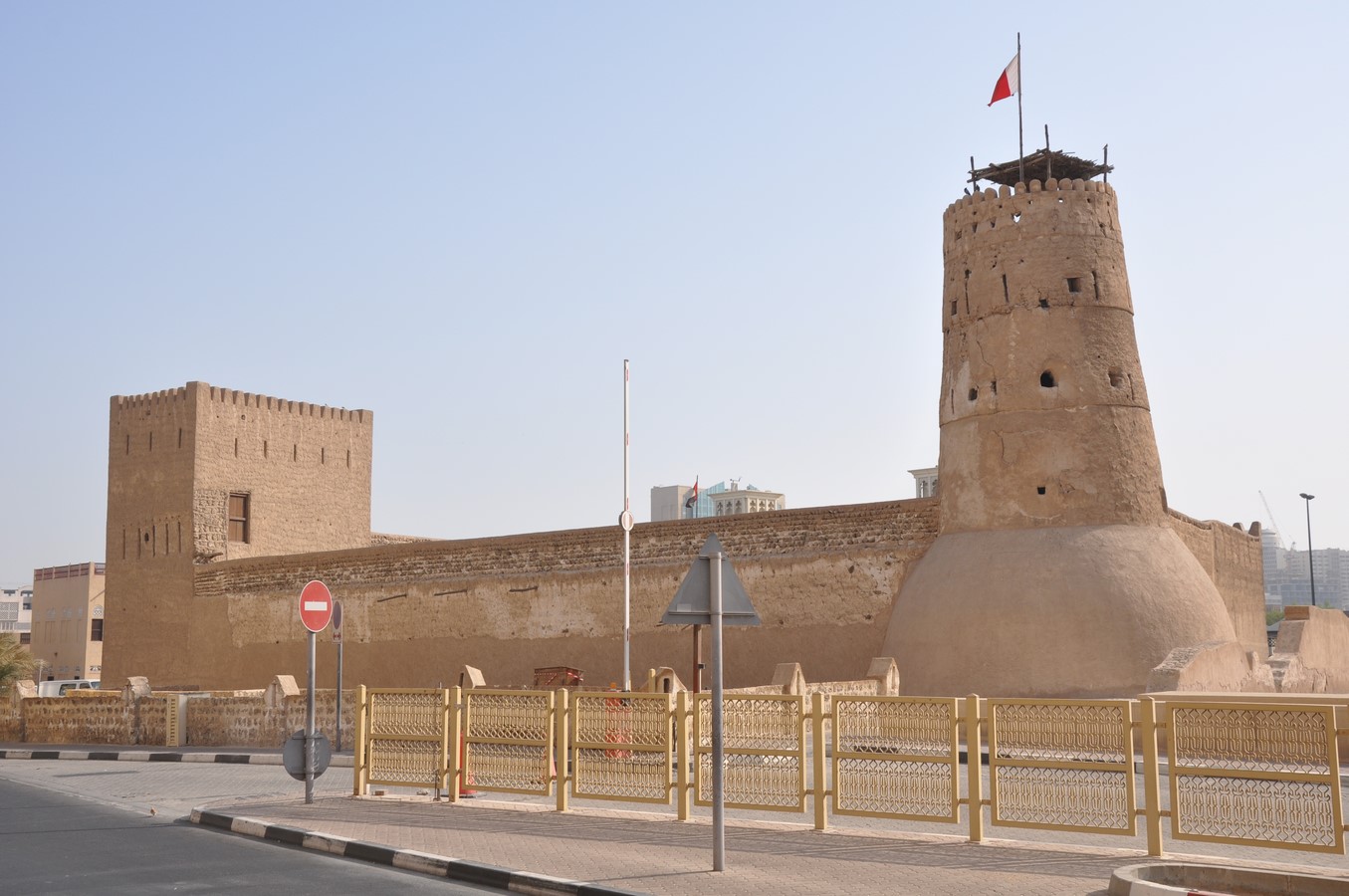
The Burj Al Arab designed by architect Tom Wright resembles the billowing sail of an Arabian dhow. The iconic structure, which rises from its own man-made island, dominates the Jumeirah Beach coastline, eclipsing the wave like-shaped Jumeirah Beach Hotel. The tower is made of a steel frame exterior wrapped around a concrete tower, with white Teflon-coated fiberglass forming the building’s white “sail.”
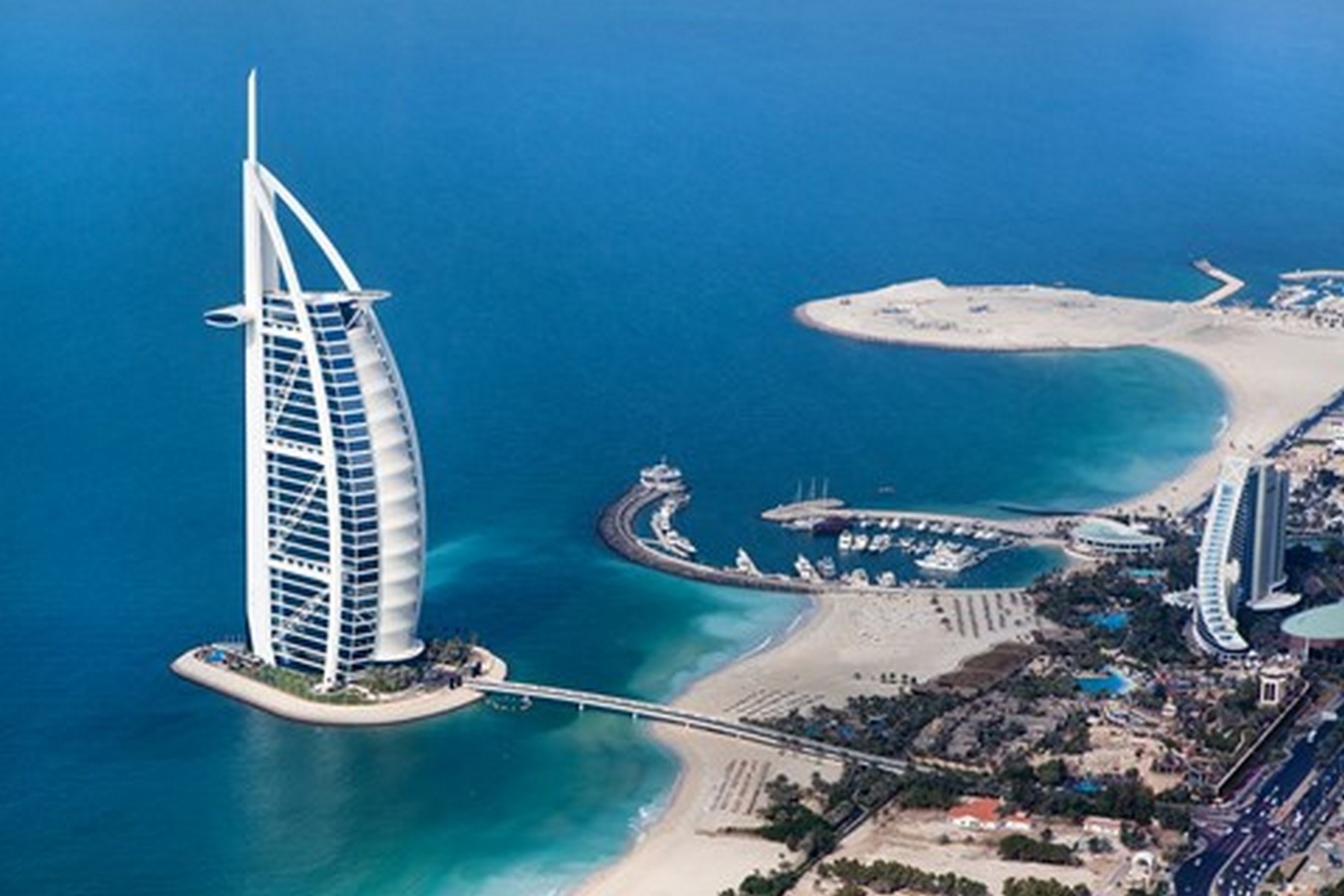
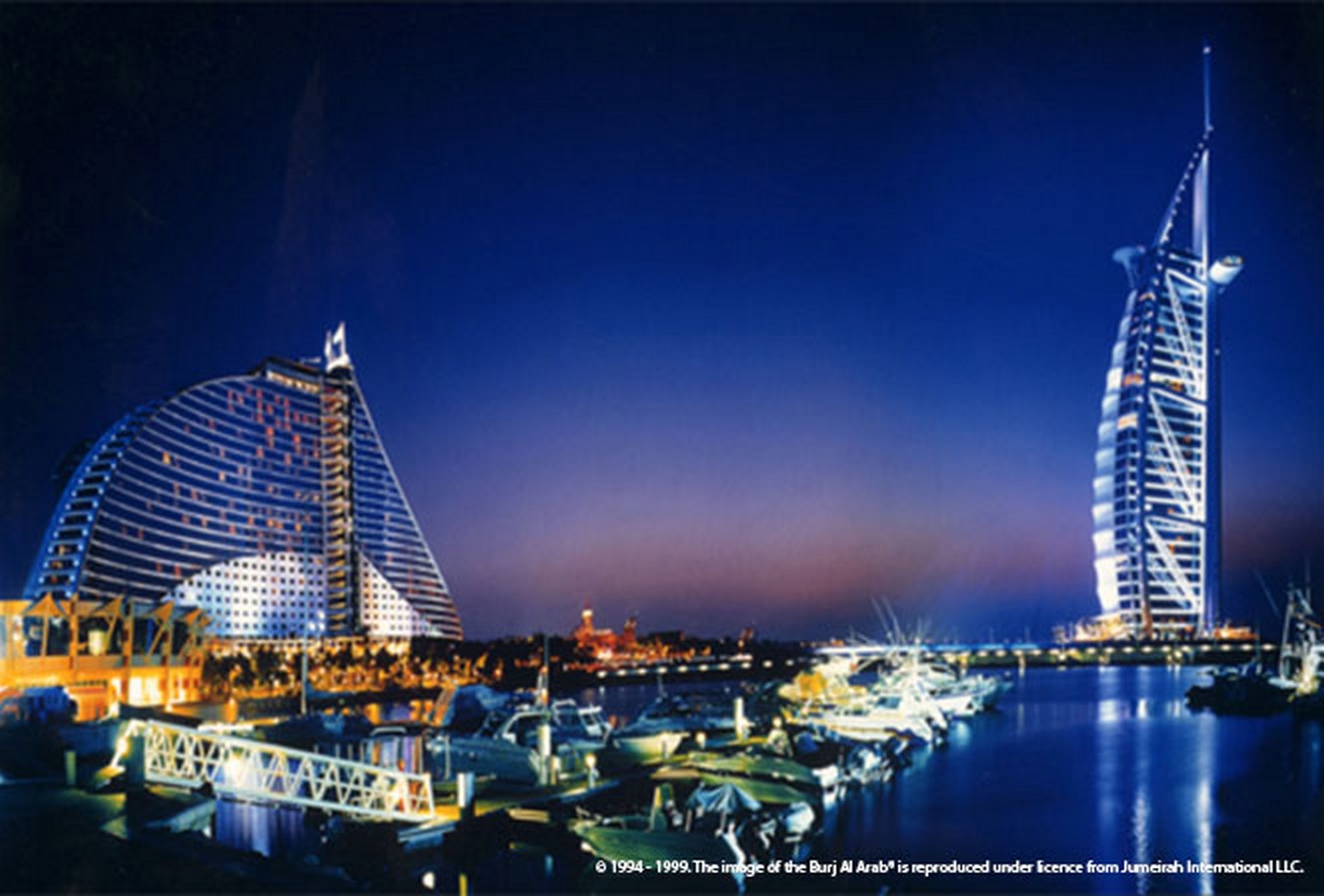
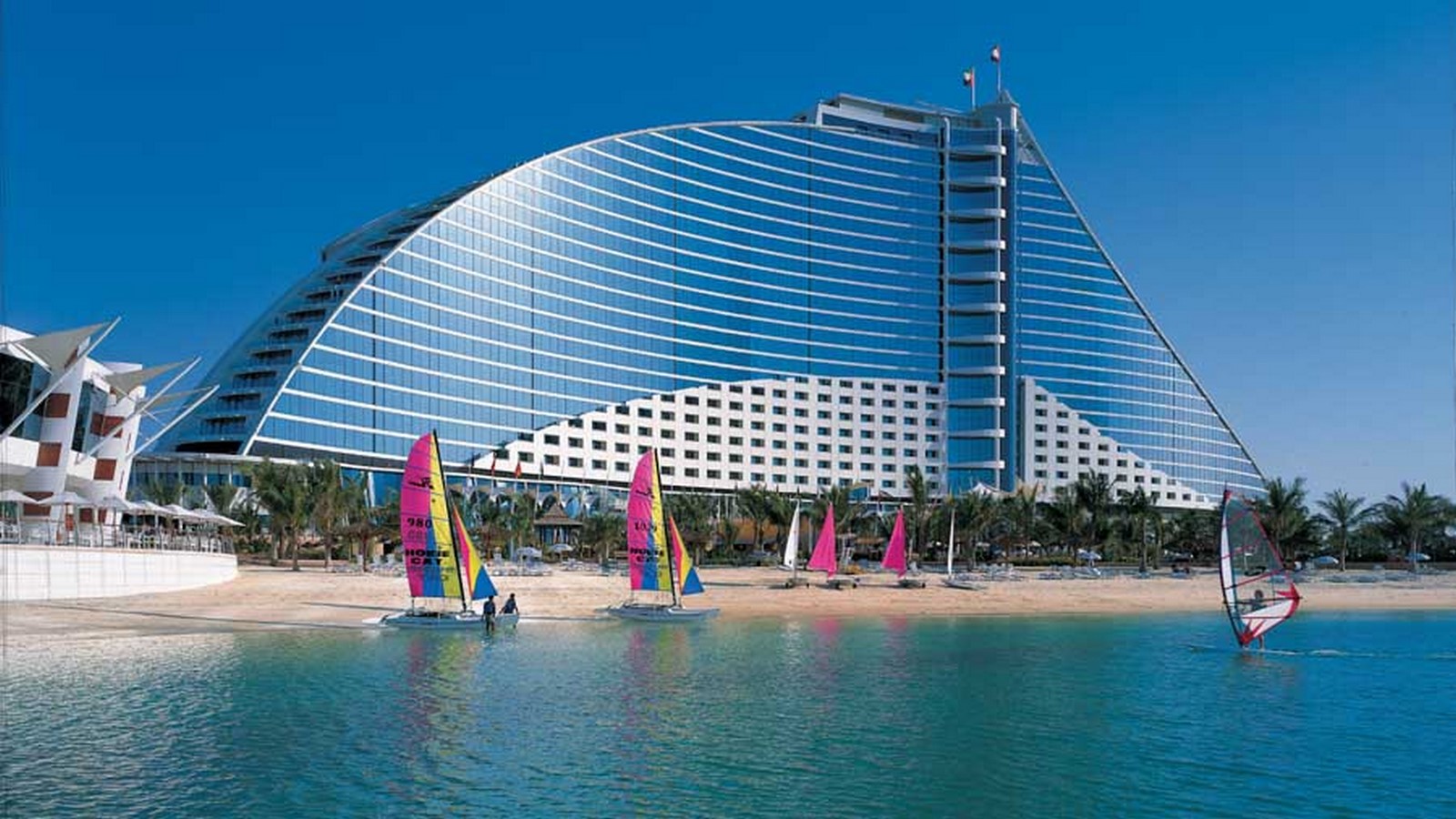
The world’s tallest building, Burj Khalifa, dominates the skyline with its thin silver steel structure. In designing the building, lead architect Adrian Smith drew inspiration from traditional Islamic architecture, which uses stepped ascending spirals. The building rises from a flower-shaped base – the flower is the hymenocallis, a white lily cultivated in the surrounding desert.
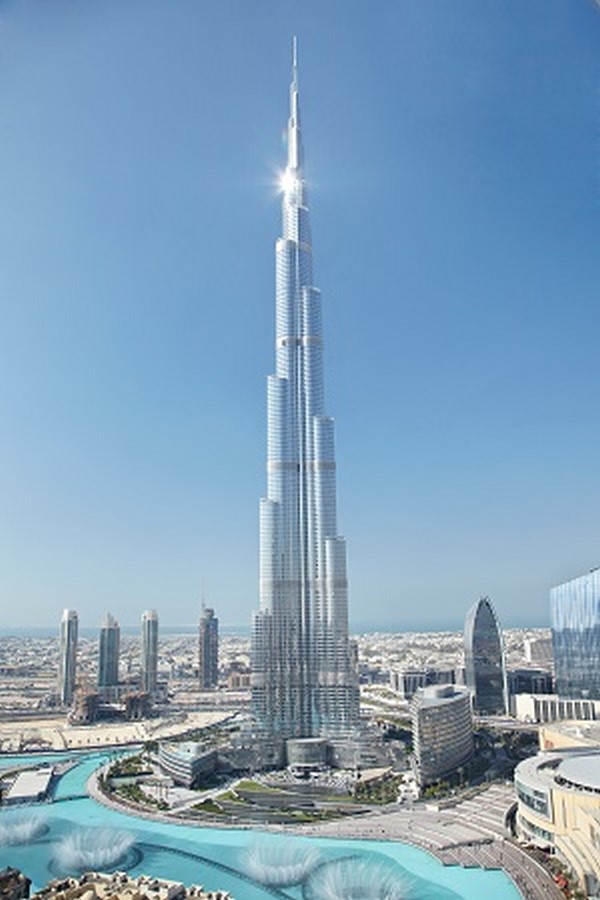
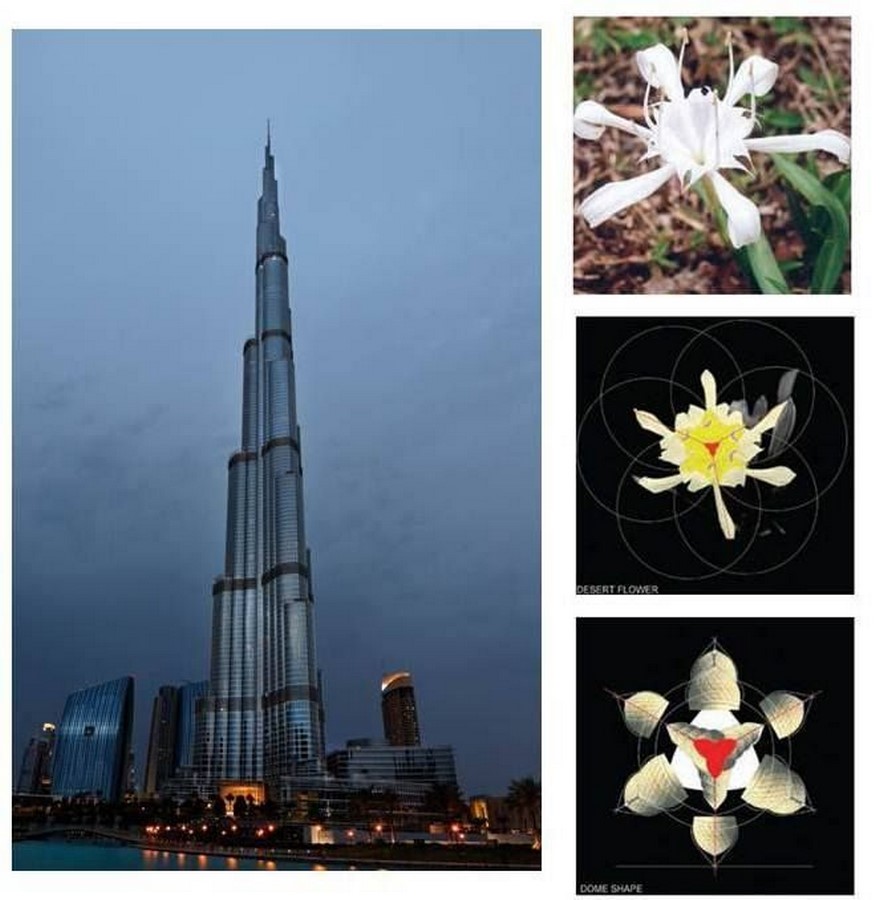
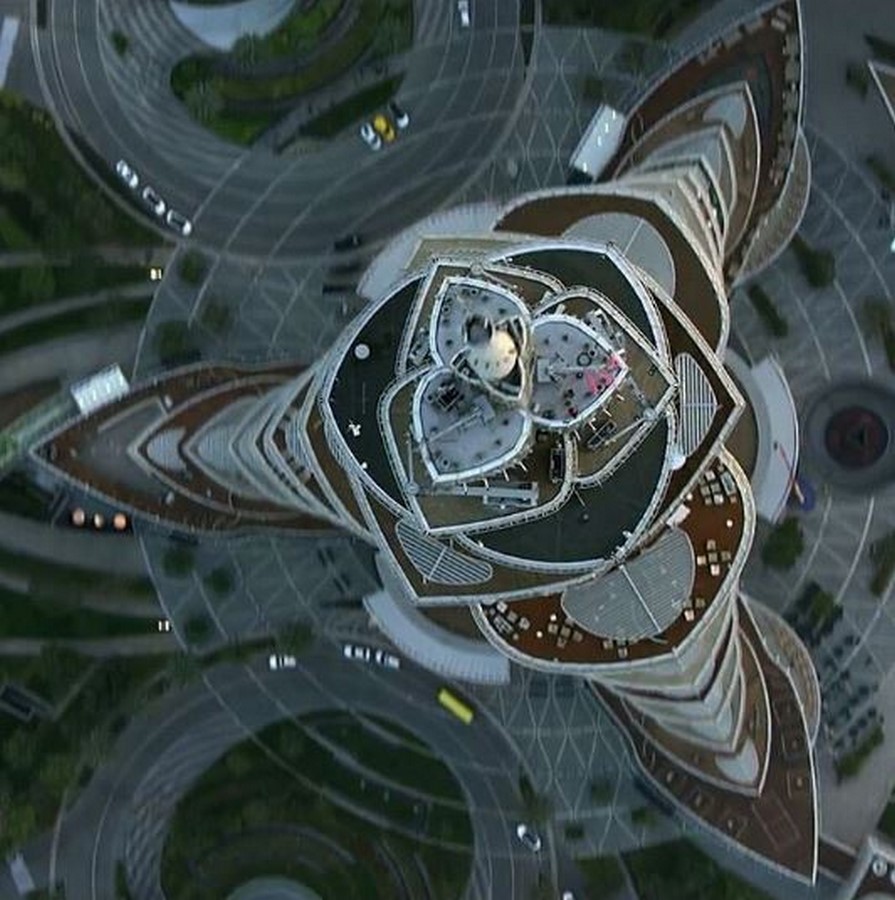
3. Sharjah
From 1950 to 1970s, architects from all over the world came to Sharjah. They designed some now-iconic landmarks, such as the Marbella Resort, the King Faisal Mosque, and the Blue Souk, as well as some lesser-known designs such as the ‘Bottle Building’.
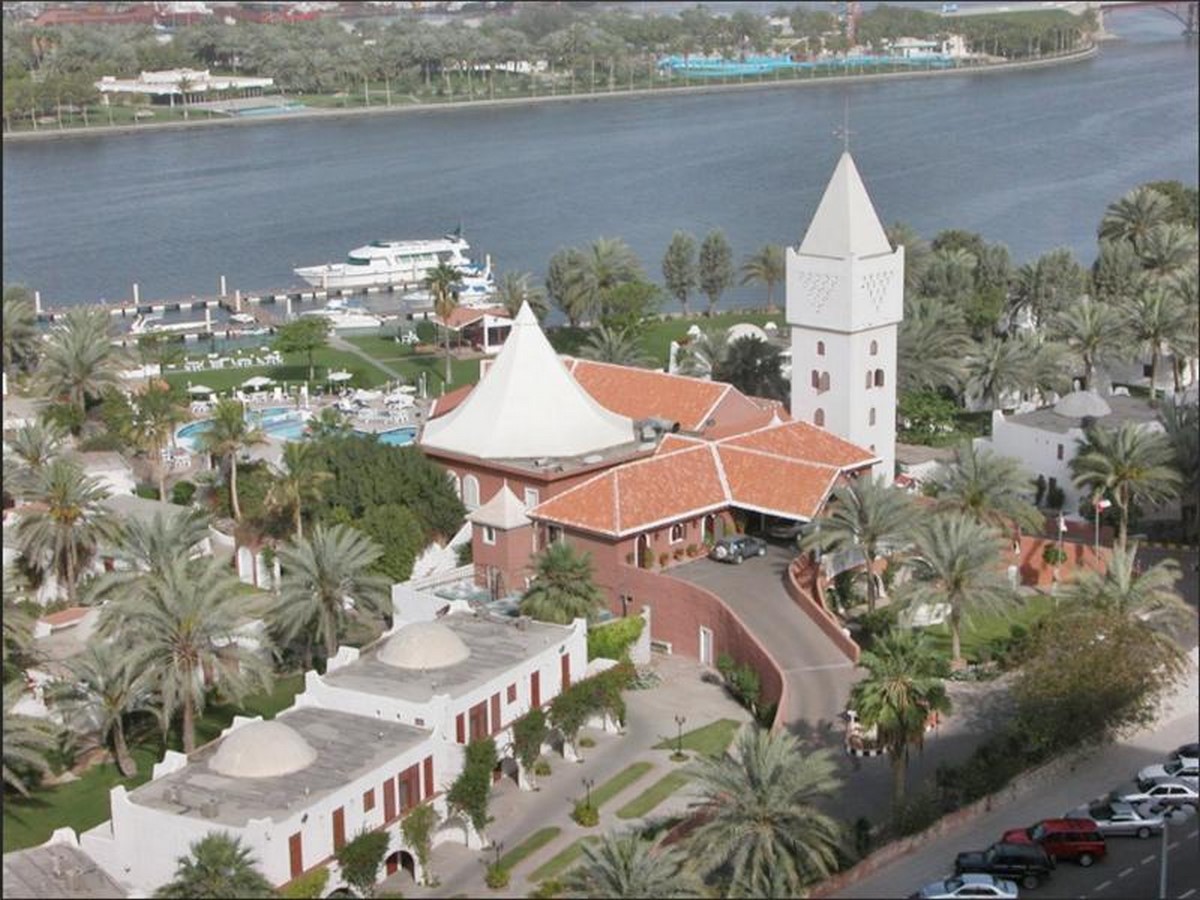
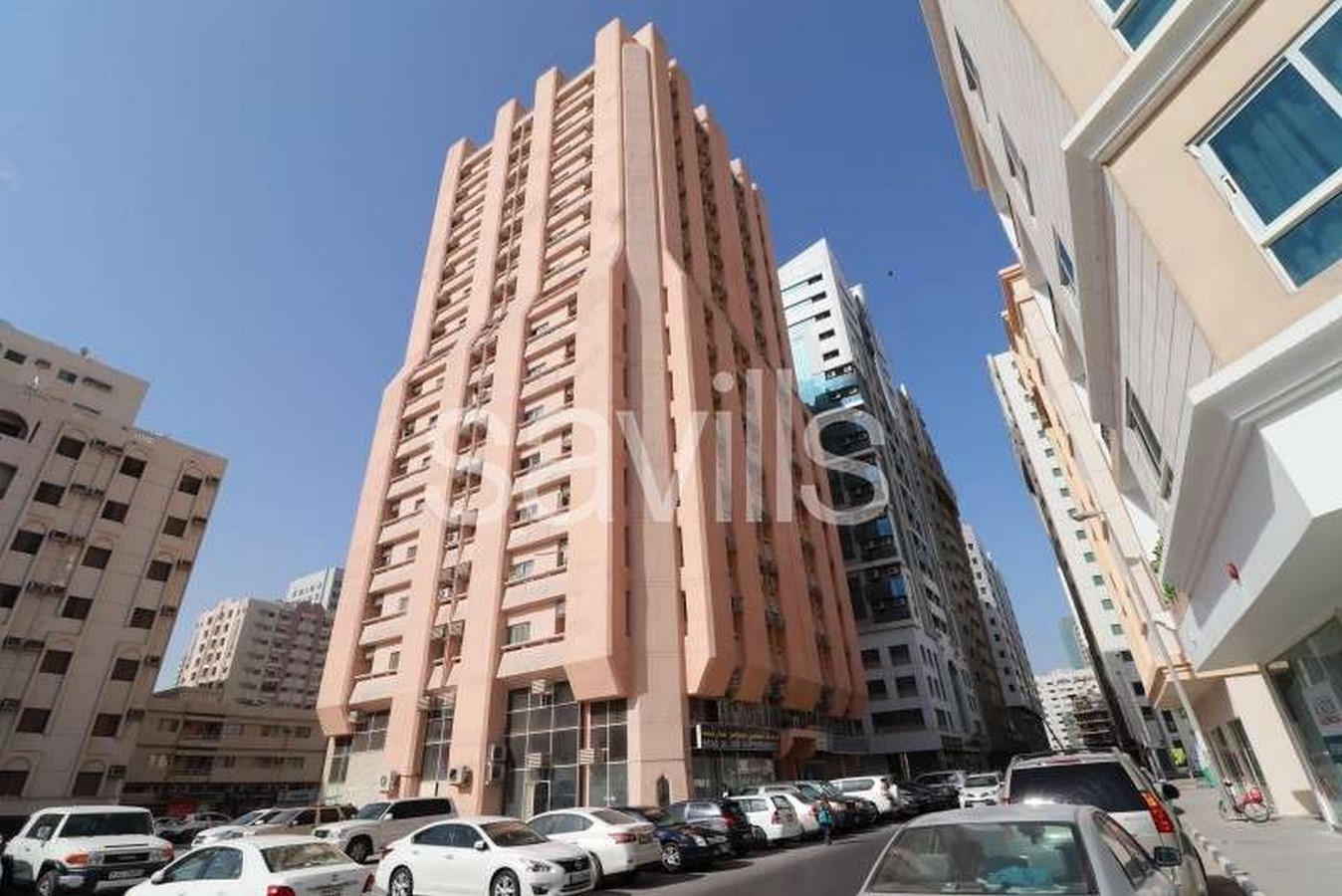
King Faisal Mosque was designed by Saudi architect Abdul-Rahman Abdul-Hafeedh Al Junaidi.
This is such a unique building because it is not a copy of other mosque designs – the ornate Ottoman or Andalusian styles – that were cherished those days.
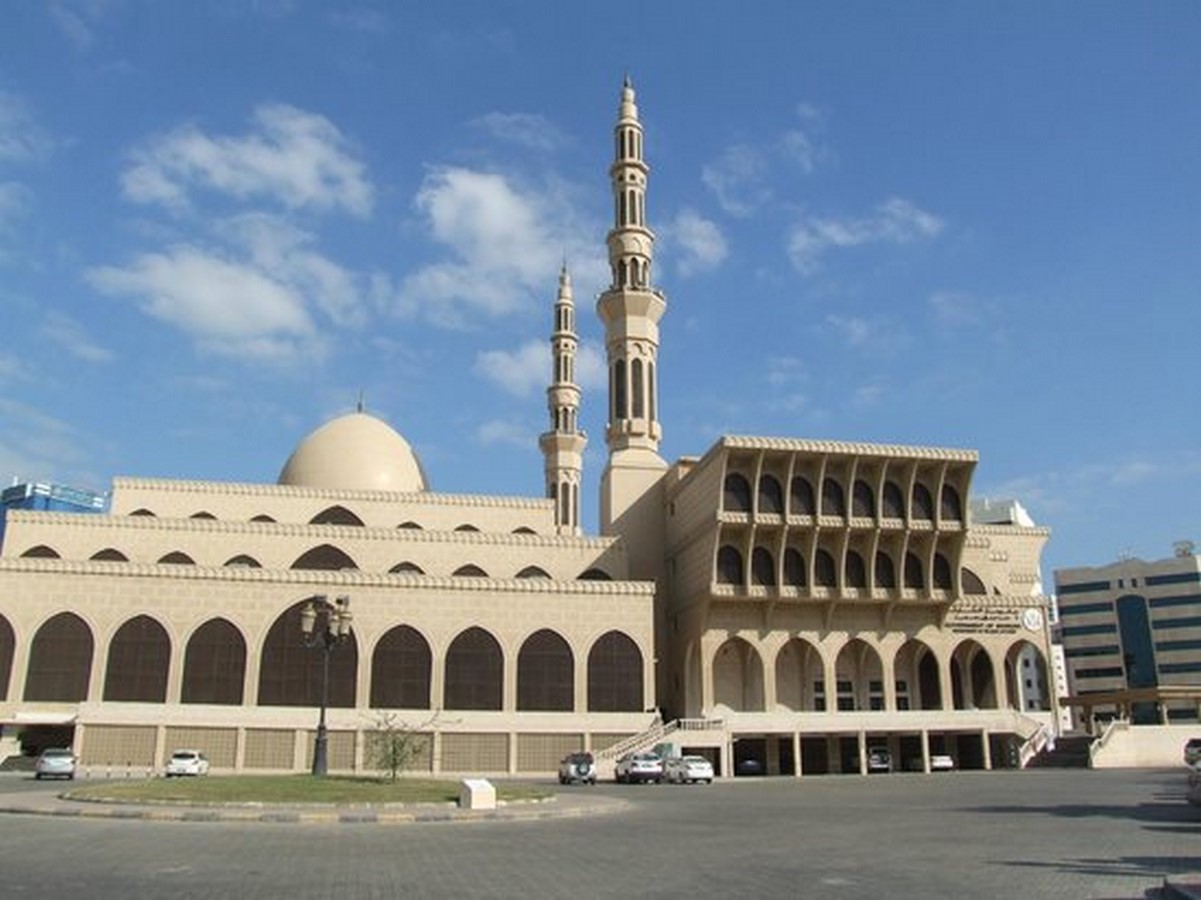
Blue Souk, designed by Michael Lyle and Partners, is probably one of the boldest architectural statements to emerge from the first two decades after the formation of the UAE. It draws inspiration from some of the UAE’s architectural motifs, including the barjeel (or wind tower).
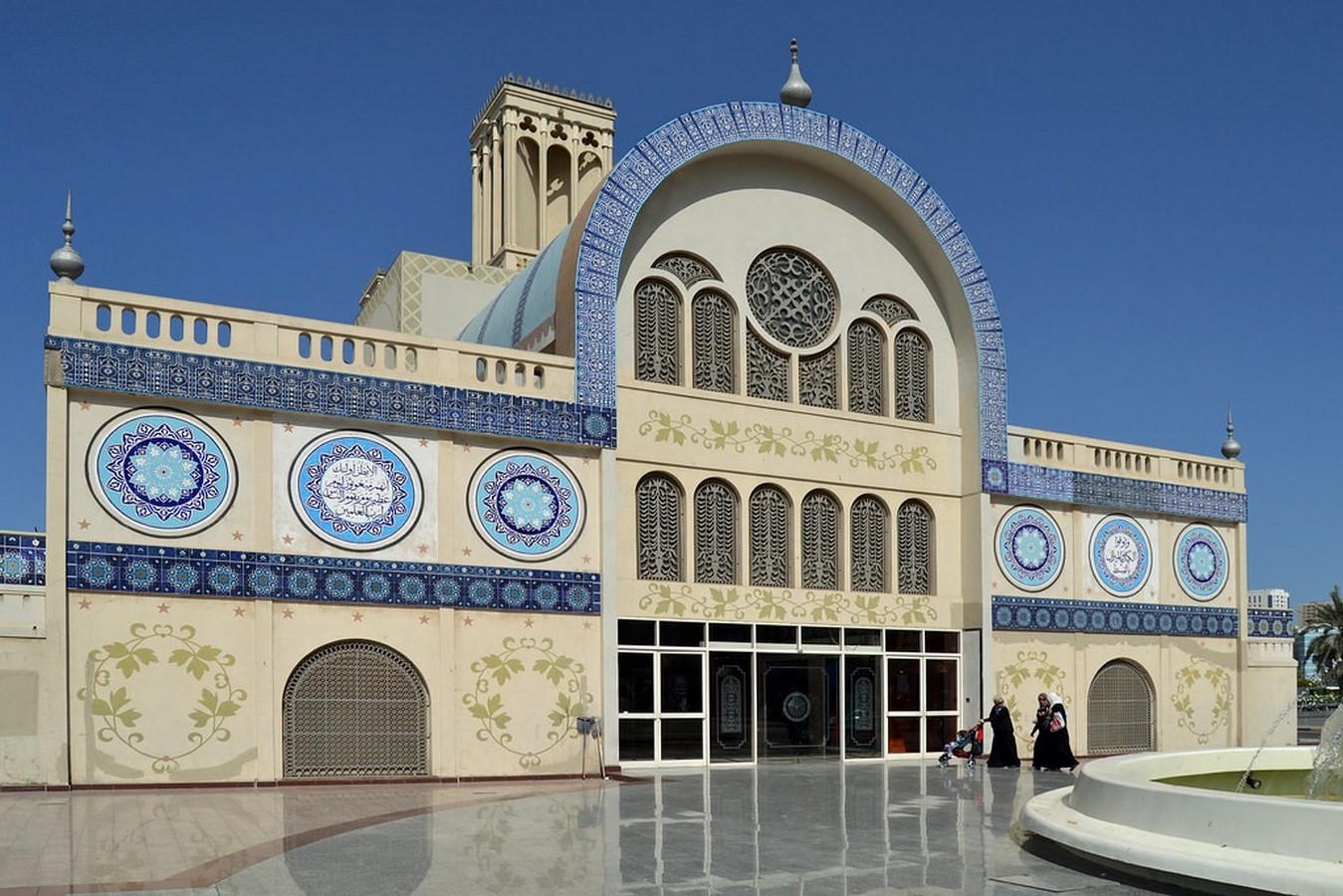
SNTTA Building, by architect Anas Wassouf, is only nine stories high. The protruding balconies, the circular shape, the location, the simplicity resemble concrete brutalism to a certain degree.
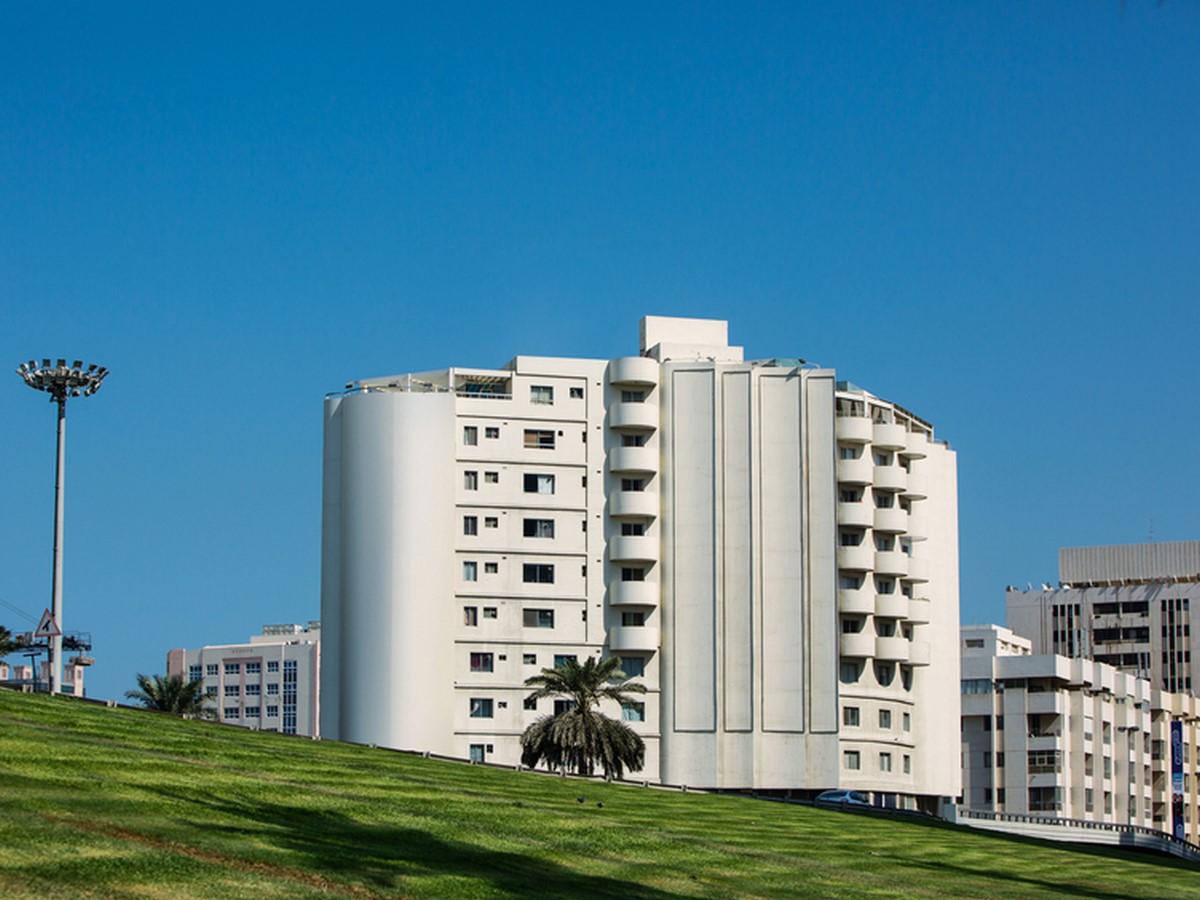
Sharjah also hosts a few contemporary buildings like the Butterfly Pavilion on Noor Island. However, the emirate seems keener on preserving its identity than its cousins and is actively adopting measures such as adaptive re-use and conservation.
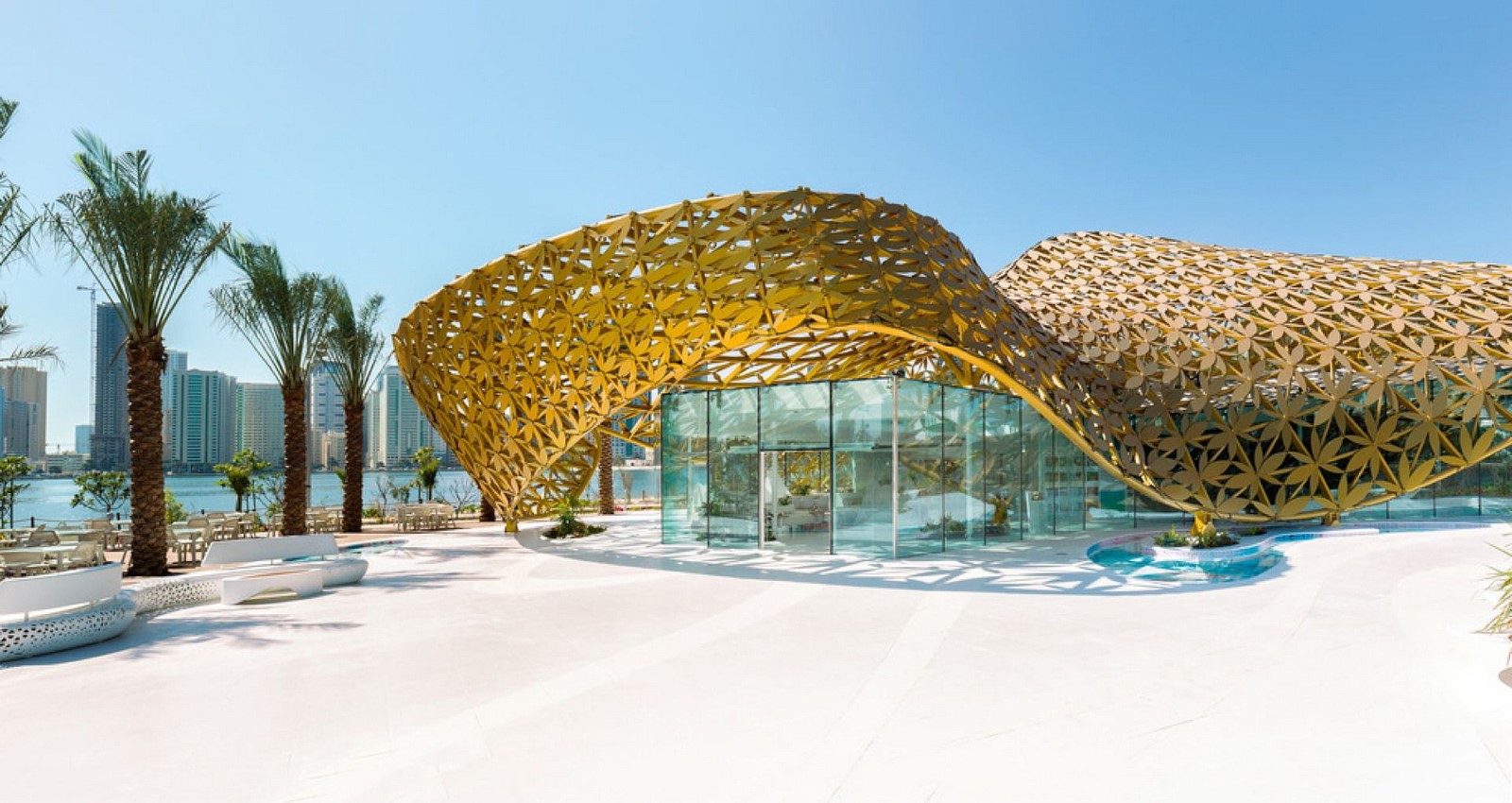
A program called ‘Sharjah Architecture Triennial’ has been launched in November 2019 that aims at inspiring architects – to look beyond the Westernized framework for architecture and be spokespersons for future generations.
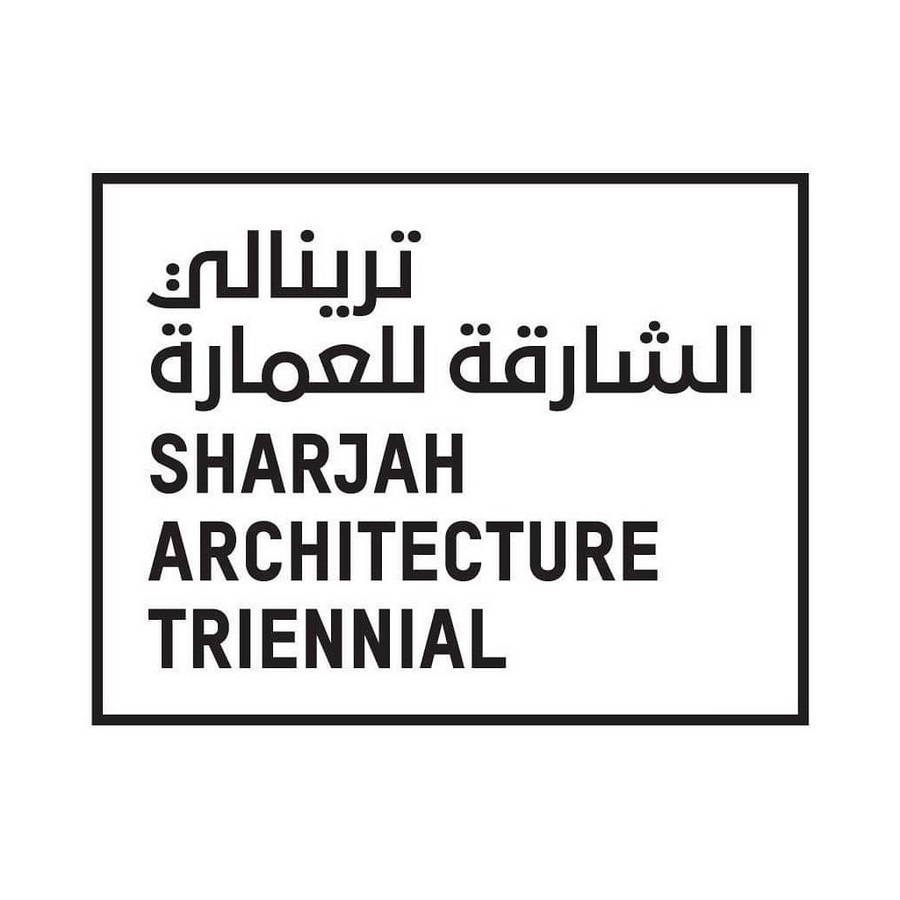
4. Ajman, Umm Al-Quwain, Fujairah and Ras Al Khaimah | Cultural influences
Ajman, Umm Al-Quwain, Fujairah, and Ras Al Khaimah are the developing emirates of the UAE. Though far from their rural pasts, these cities are steadier in their growth as compared to the other emirates.
Ajman is the smallest emirate by size but largest by population. Ajman has recently launched the ‘Riwaq’ forum through which it aims at coping up to the international architectural style that other cities have developed, all the while still keeping the cultural heritage intact.
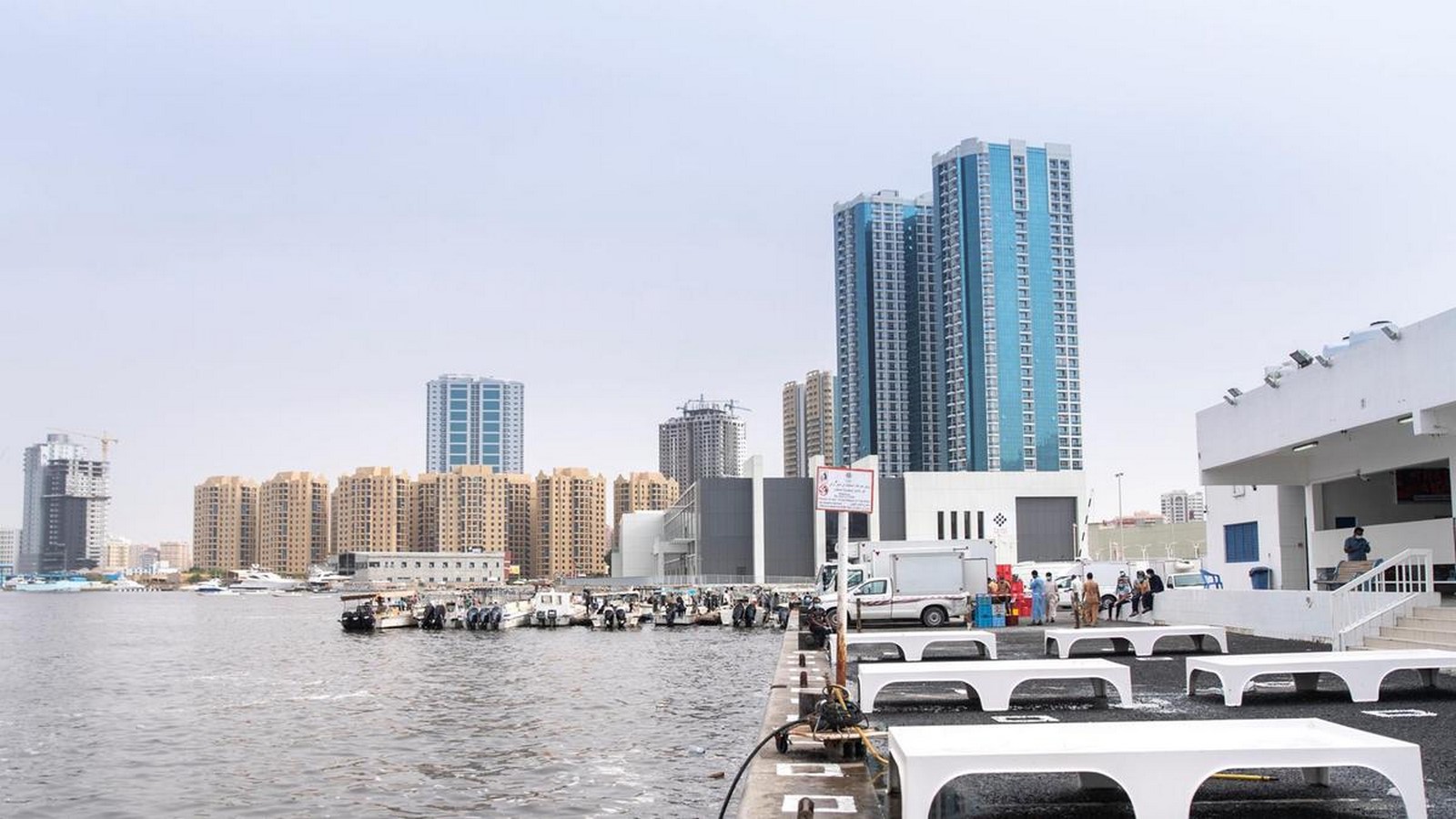
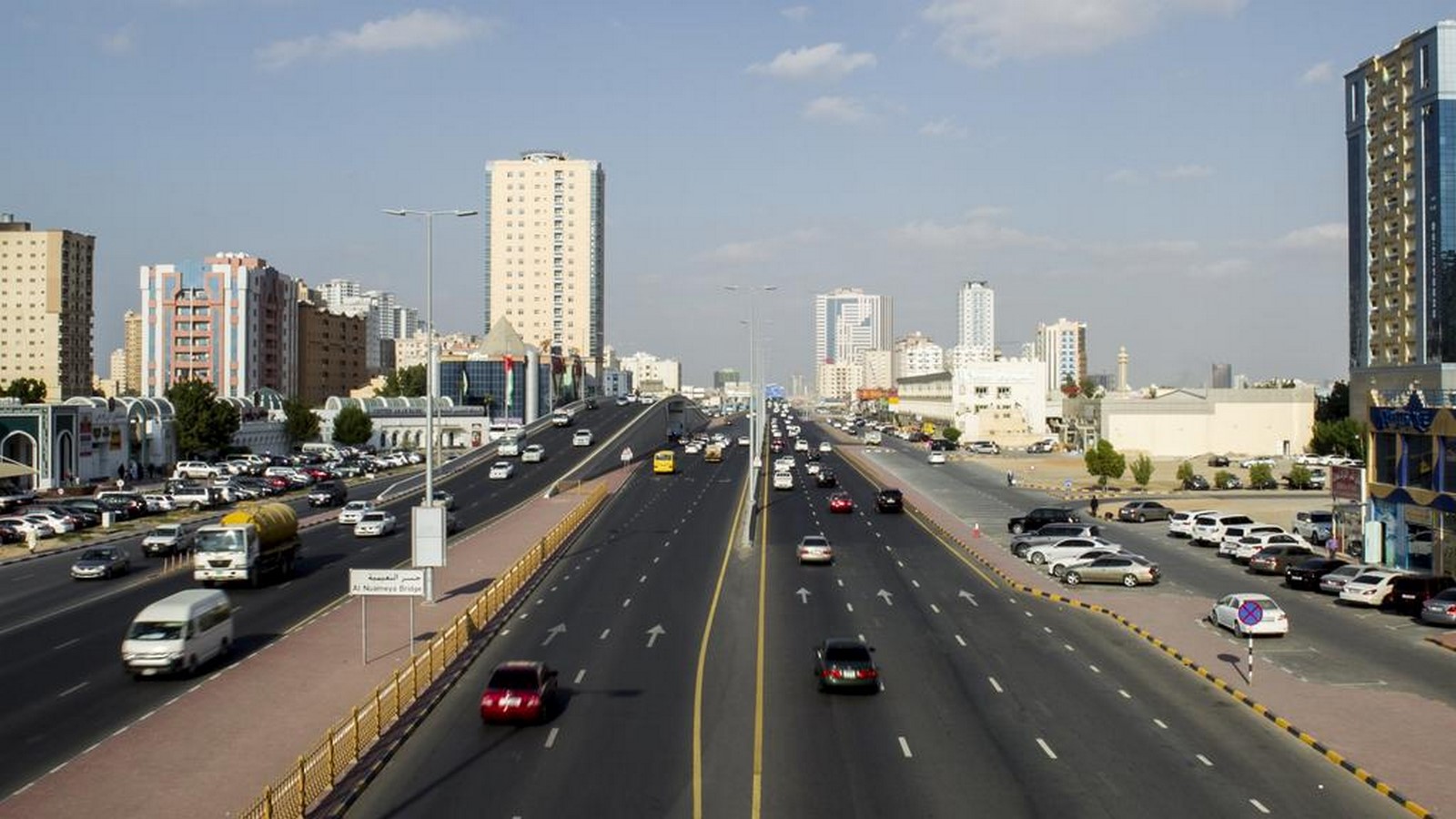
Umm Al-Quwain is dominantly influenced by Islamic and Arab culture on its architecture and lifestyle. Five times every day, Muslims are called to prayer from the minarets of mosques which are scattered around the country.
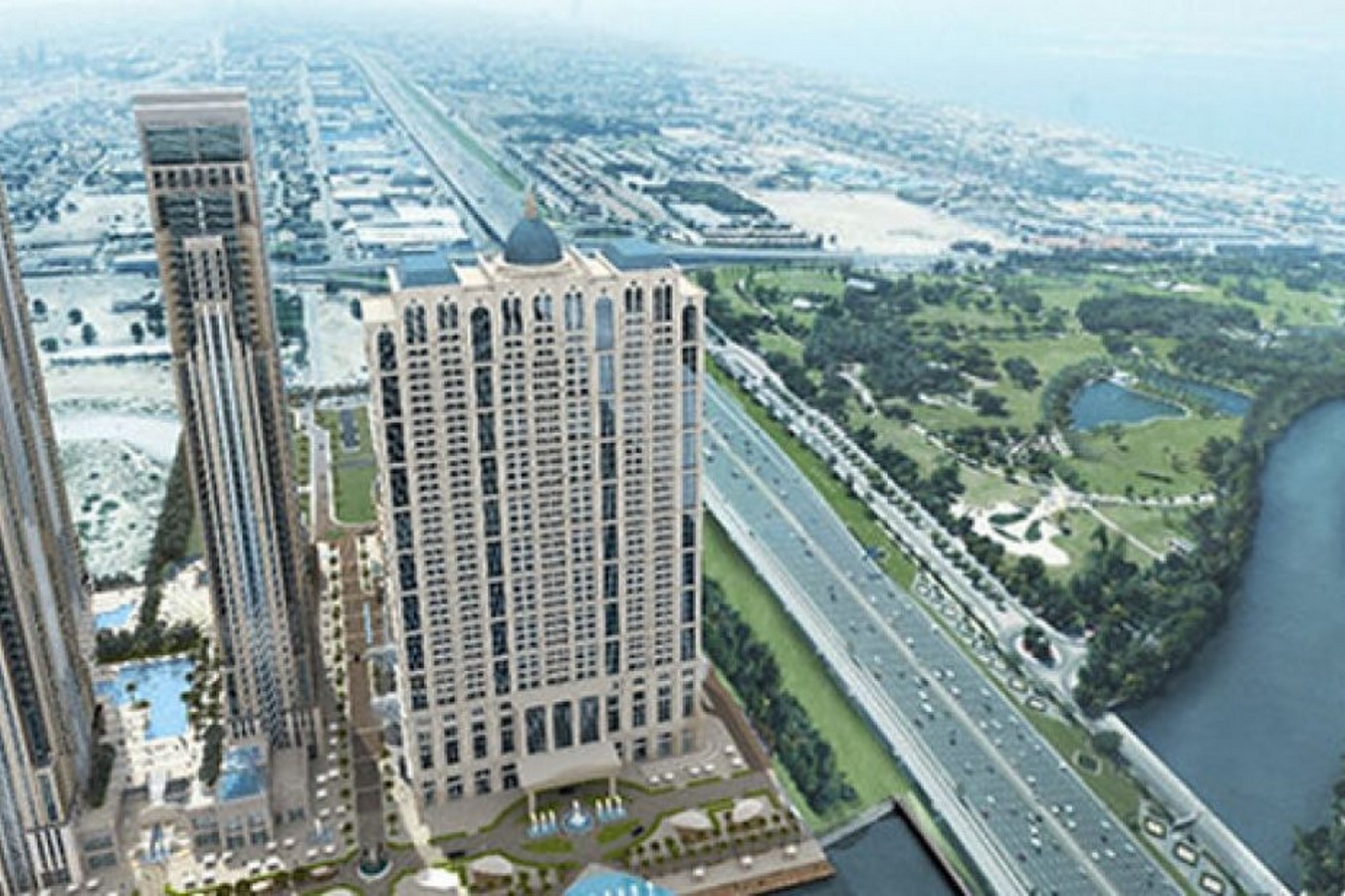
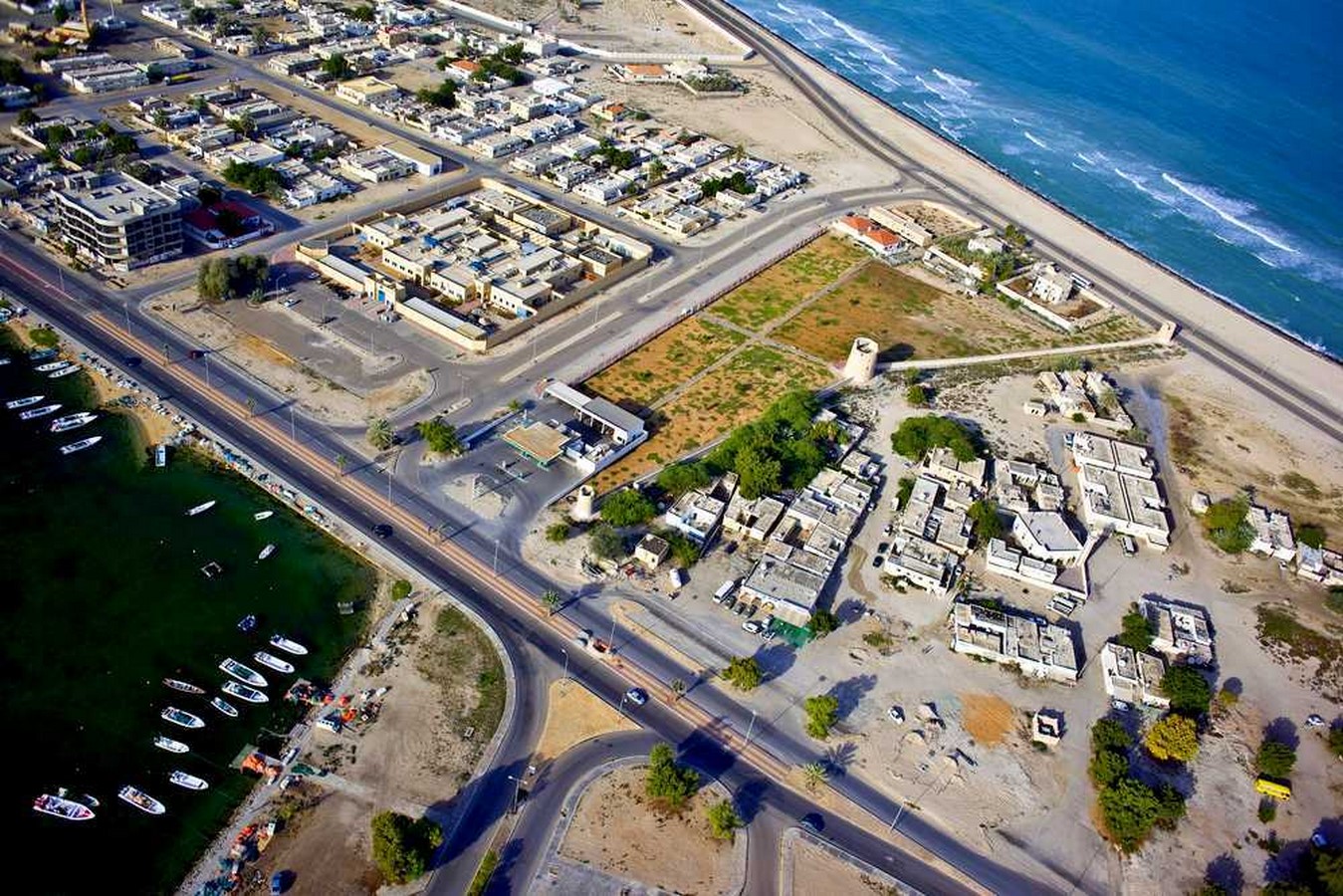
Fujairah and Ras Al Khaimah are the emirates which are still dominantly cultural and have heritage forts and luxurious hotels to offer tourist and residents escape from hubble bubble from the cities of Dubai and Abu Dhabi.
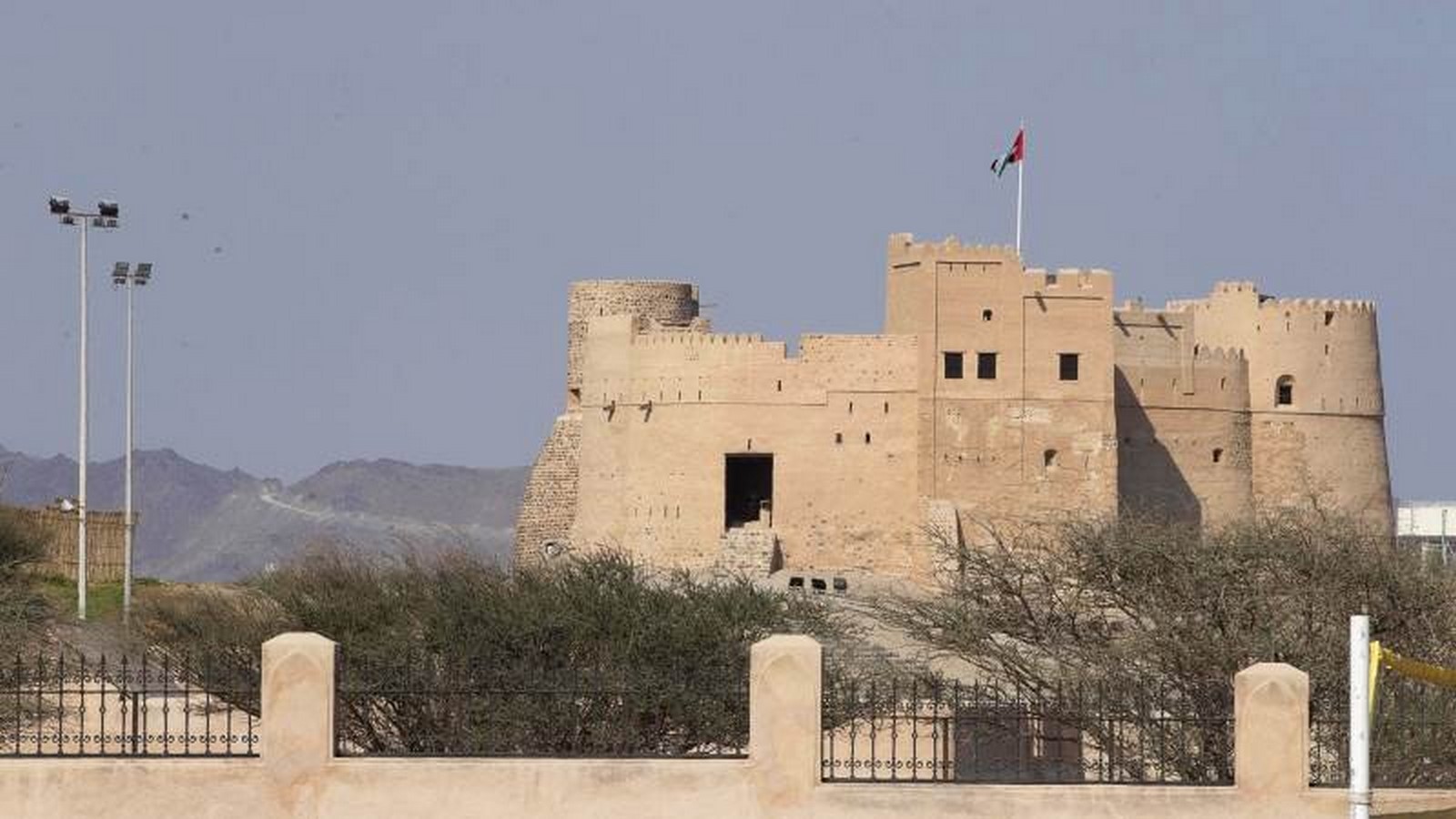
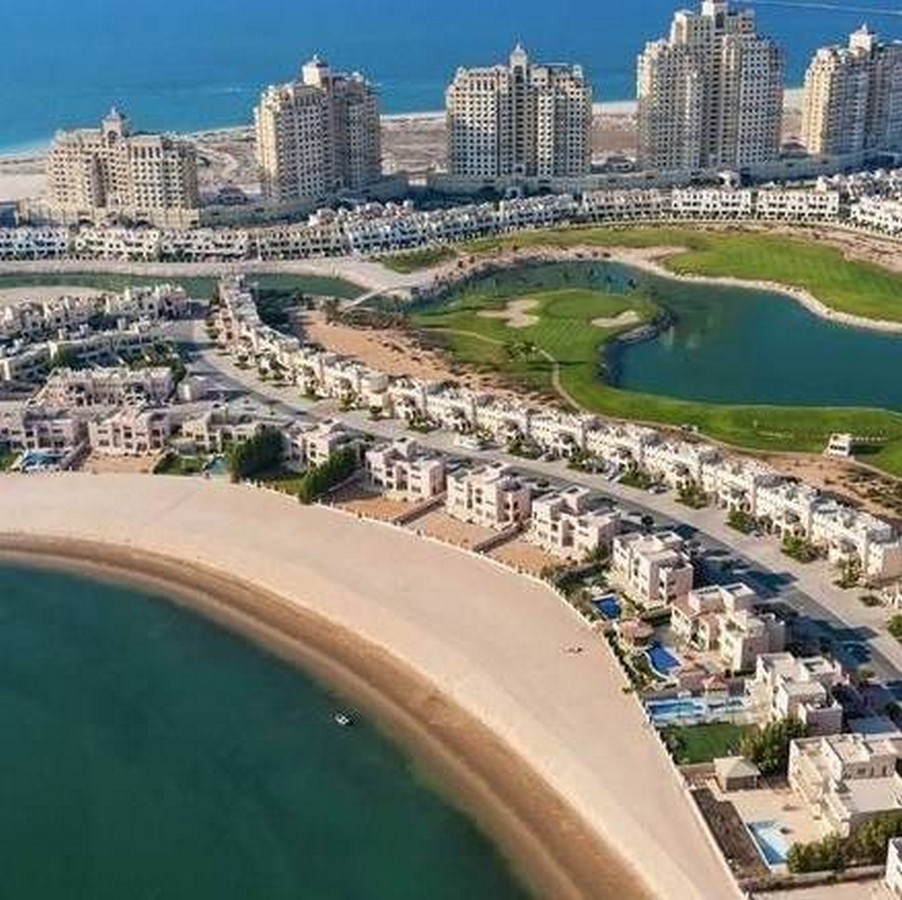
The UAE is a nation whose culture and heritage remain in harmony and sync; however, the growth and development of the individual cities remain in the hands of their rulers. Each ruler has their vision for their city depending upon the resources available to them and their conceptualization. Each emirate of the nation is unique, although the architectural language may seem to be monotonous and rigid – each emirate has its own influences and story to tell.


